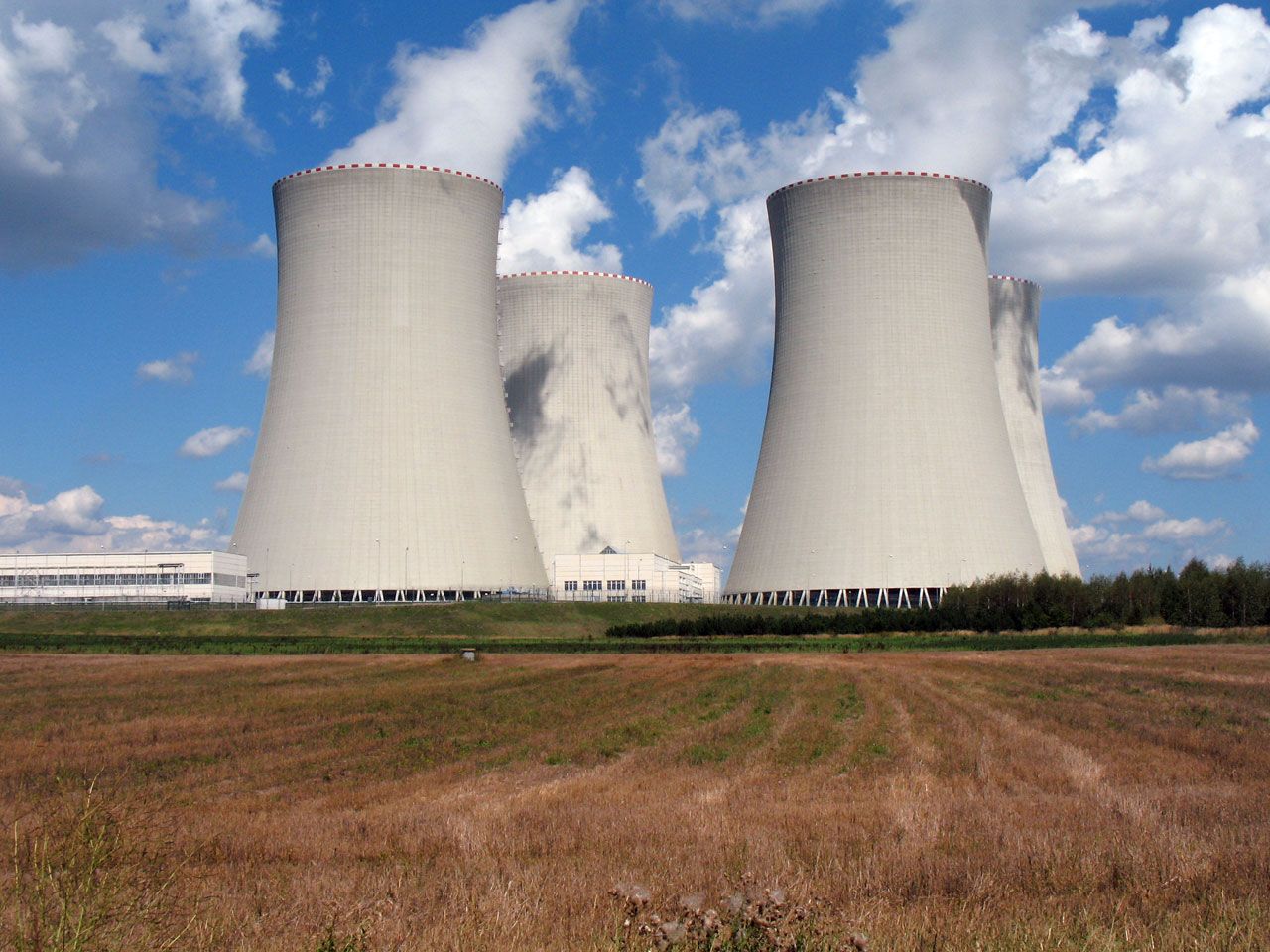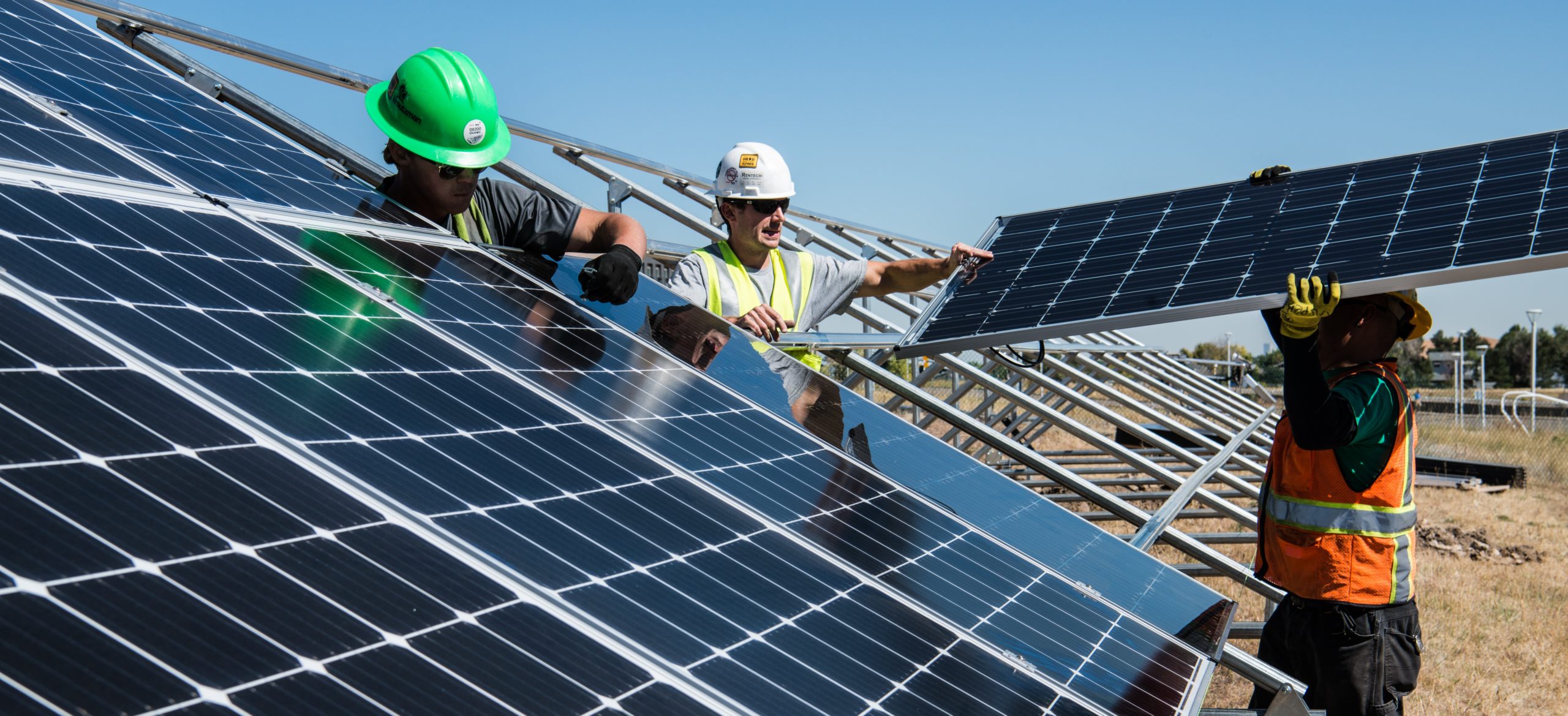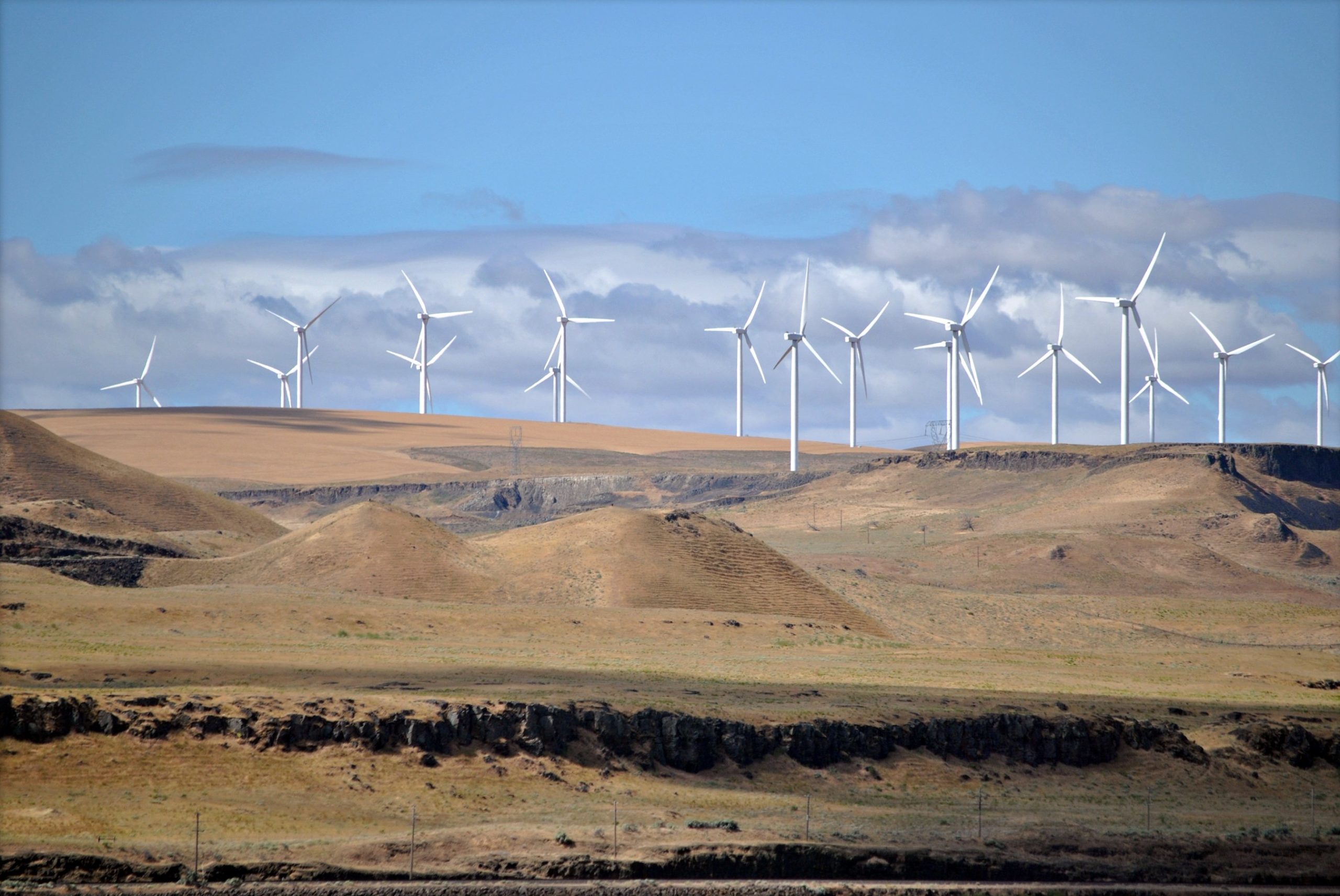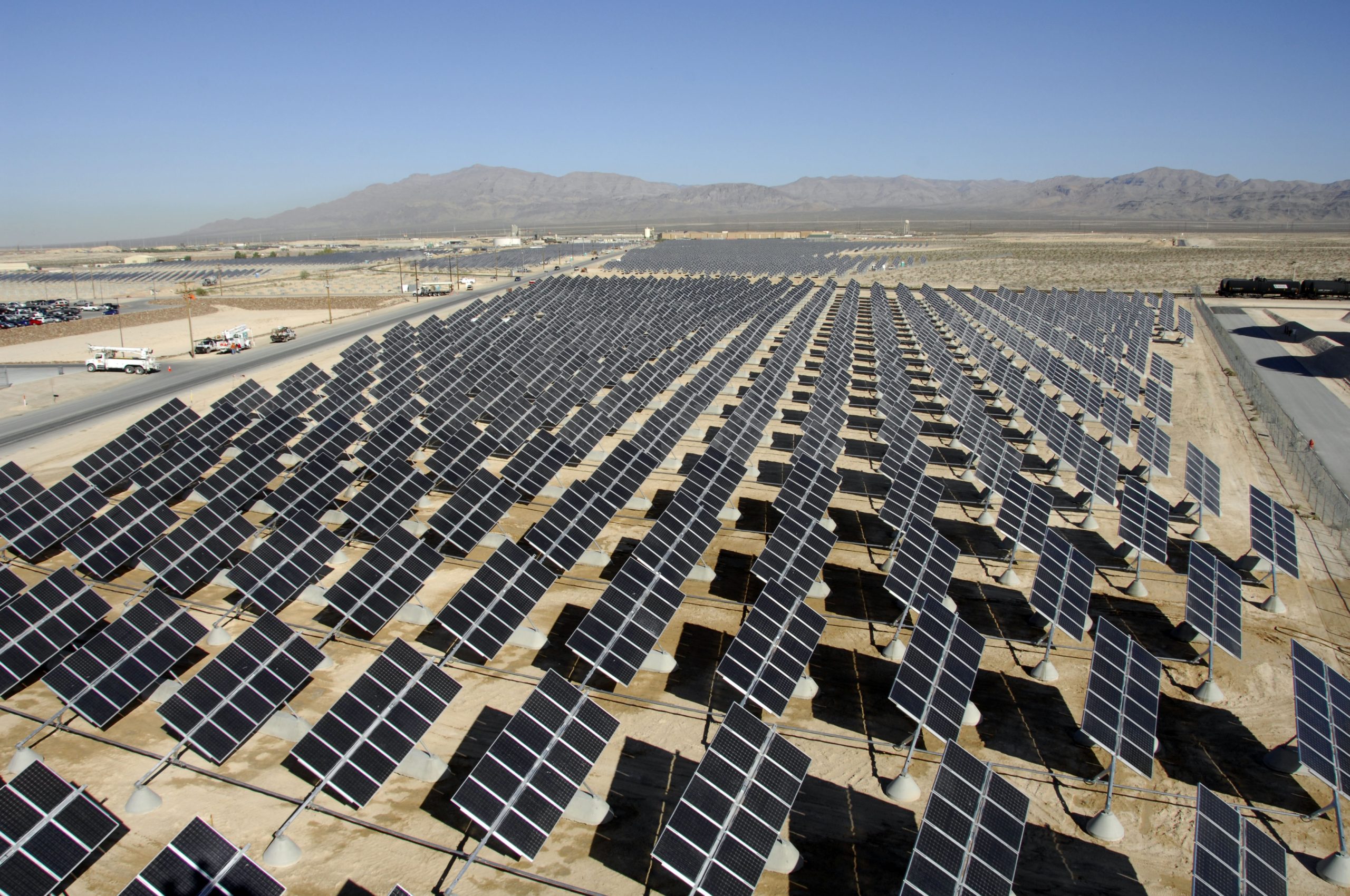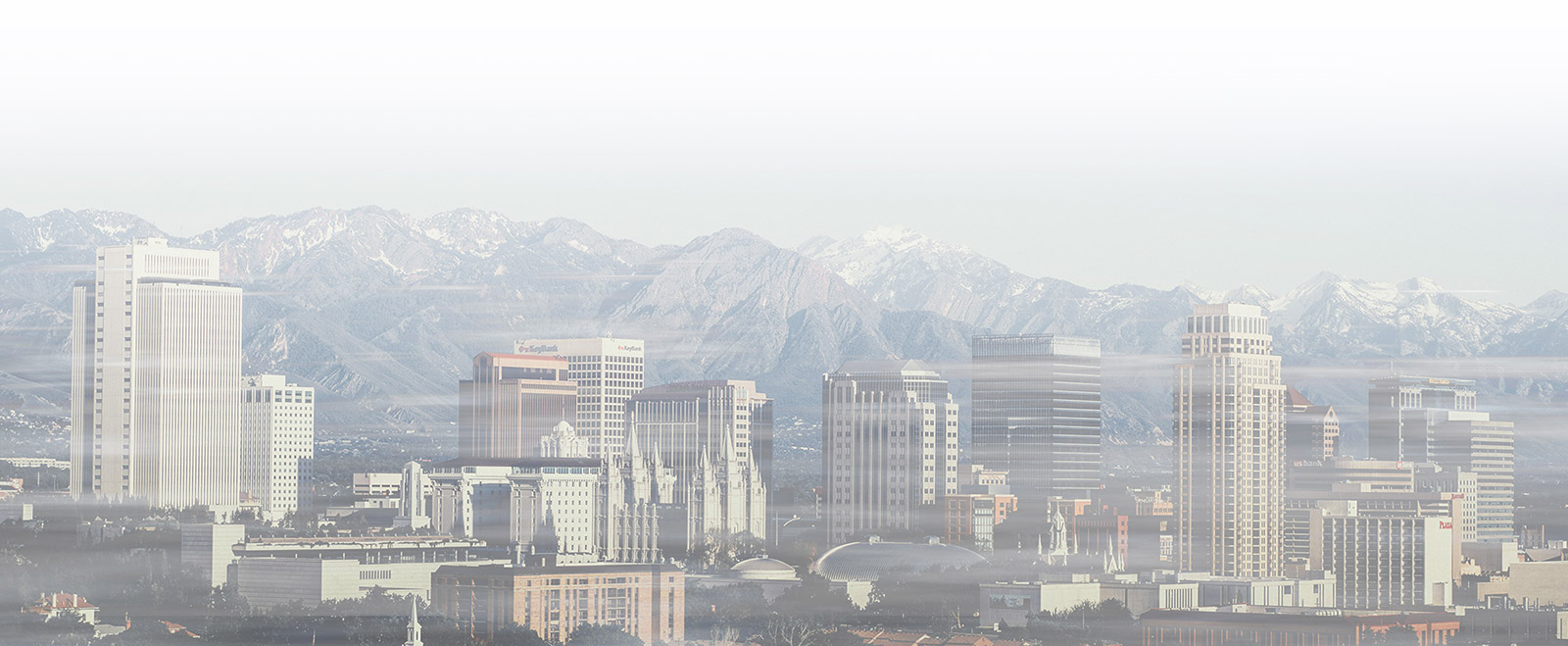Local Governments
how to help
CLEAN TRAVEL
By incorporating clean air strategies into their operations, local governments can significantly reduce their emissions and set an example for their citizens and businesses. They can also enact policies and create programs to help members of their community clean the air.
Zone for organized, walkable, mixed-use centers in existing and new areas. Allowing housing, employment, recreation, and learning facilities to be built closer together in a walkable environment will shorten vehicle trips and make it easier for people to walk, bike, and take transit.
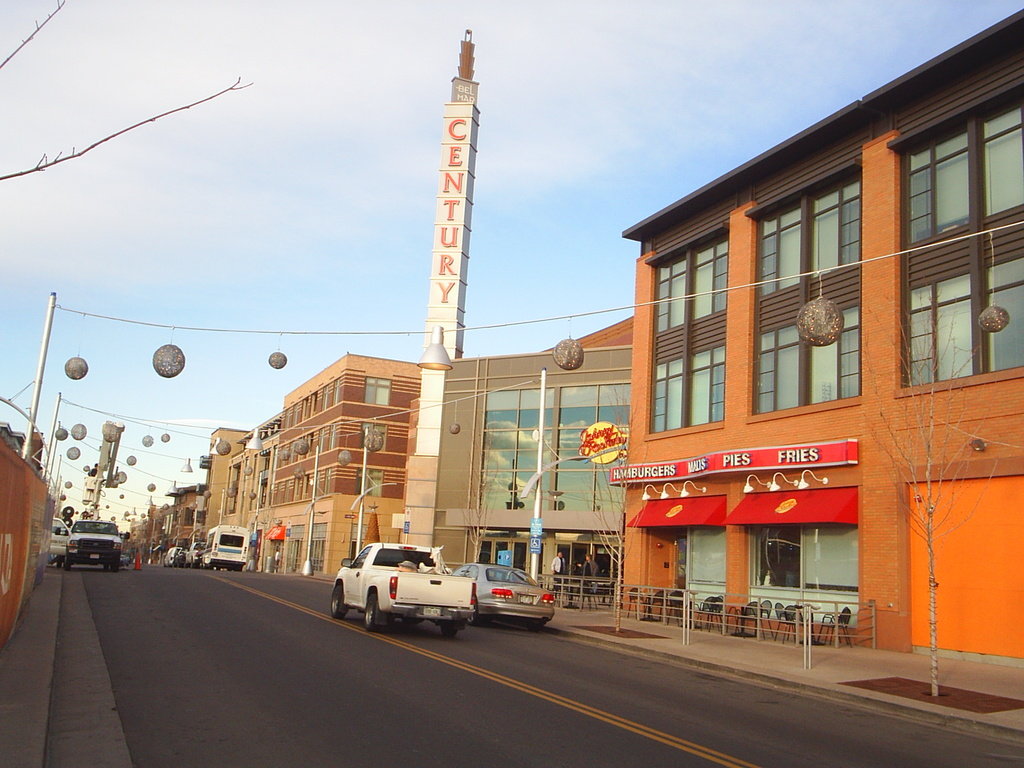
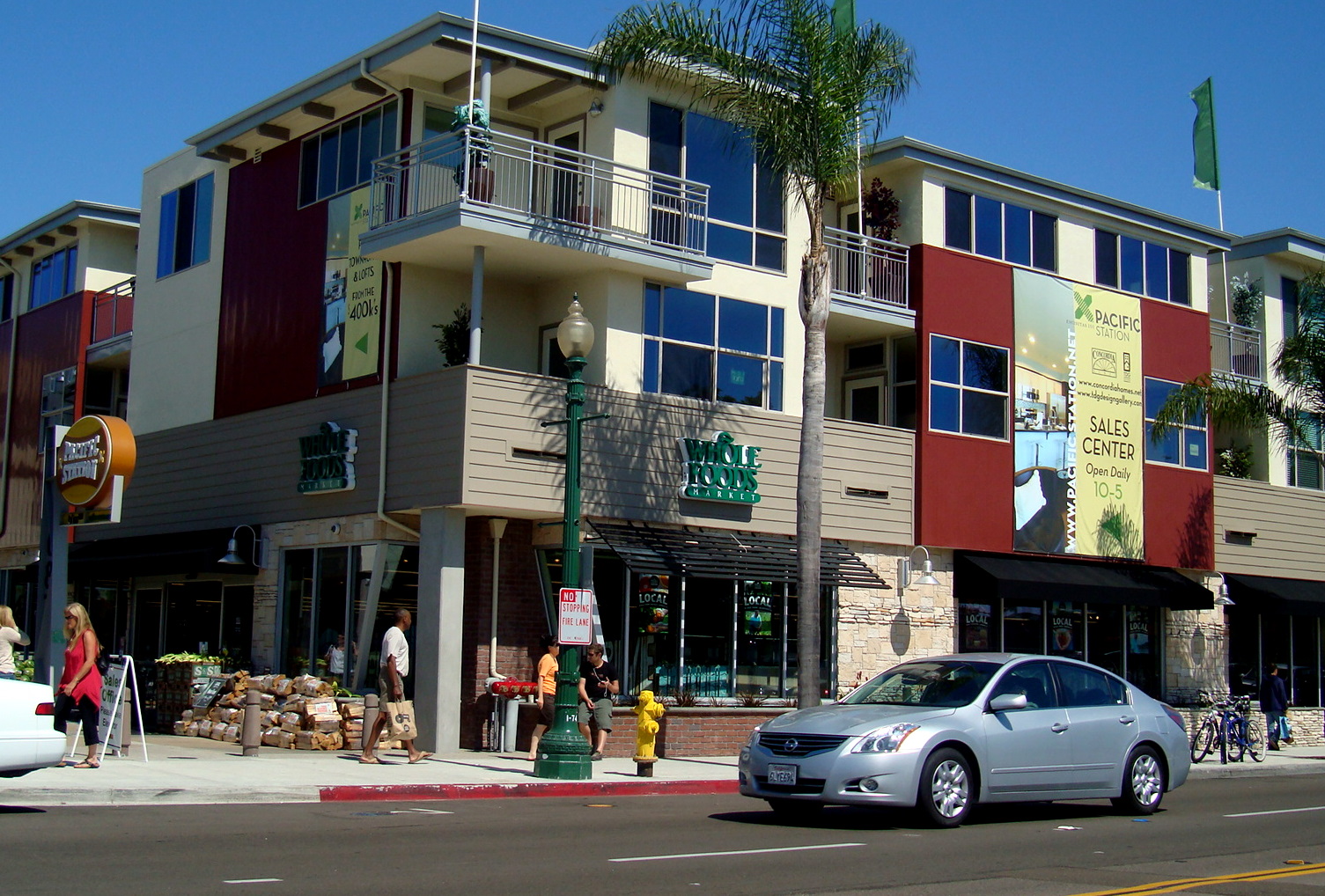
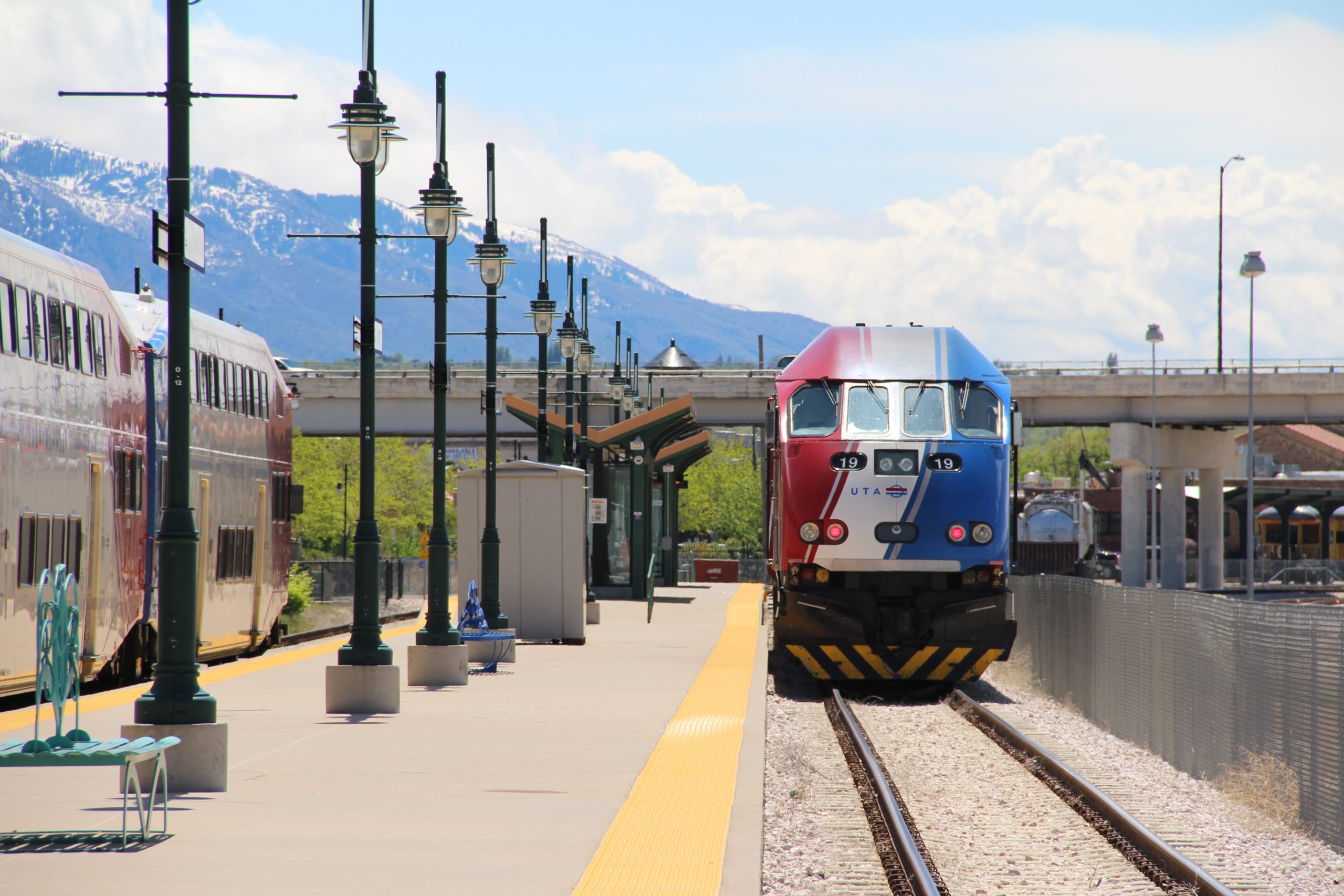
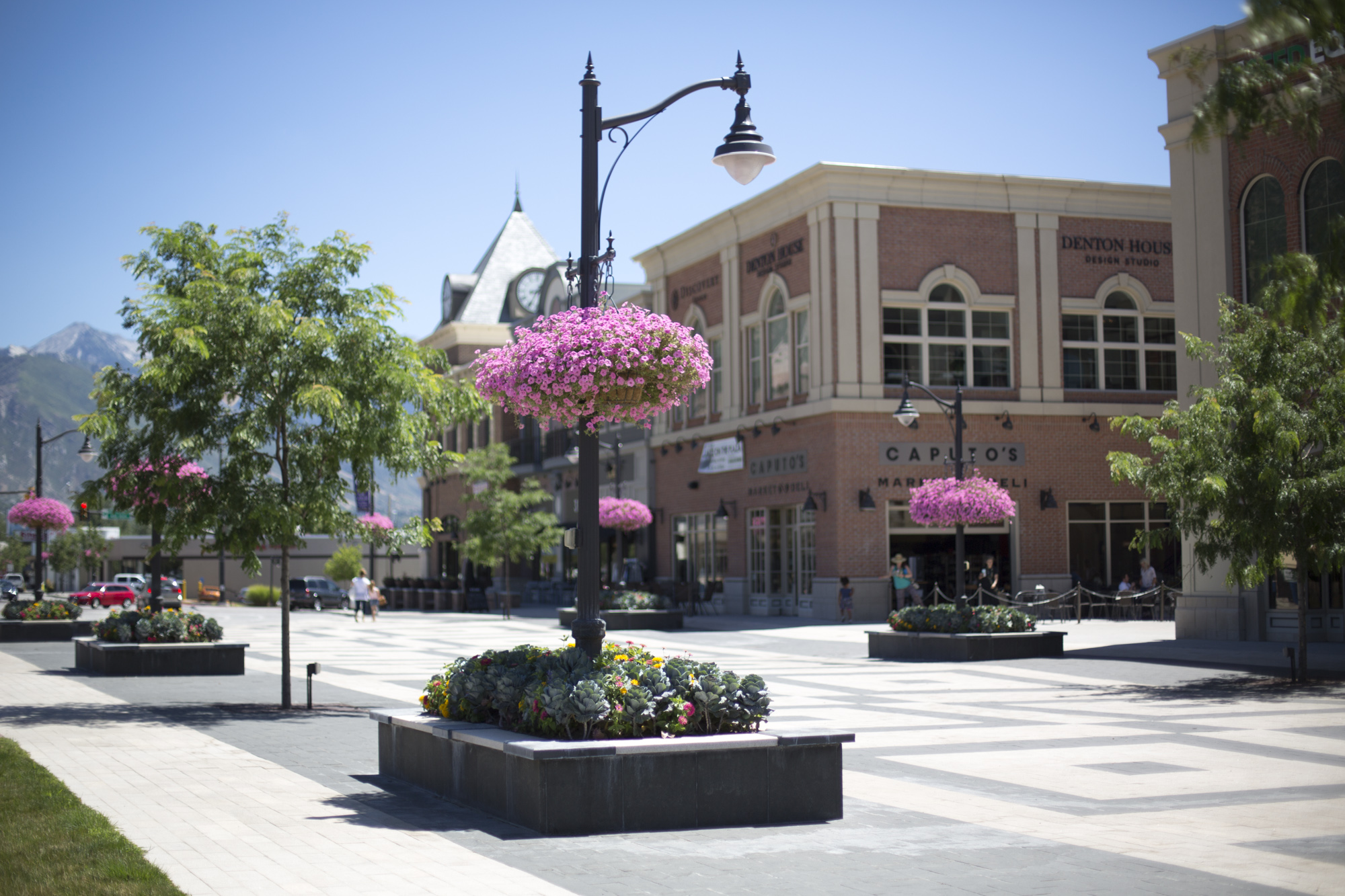
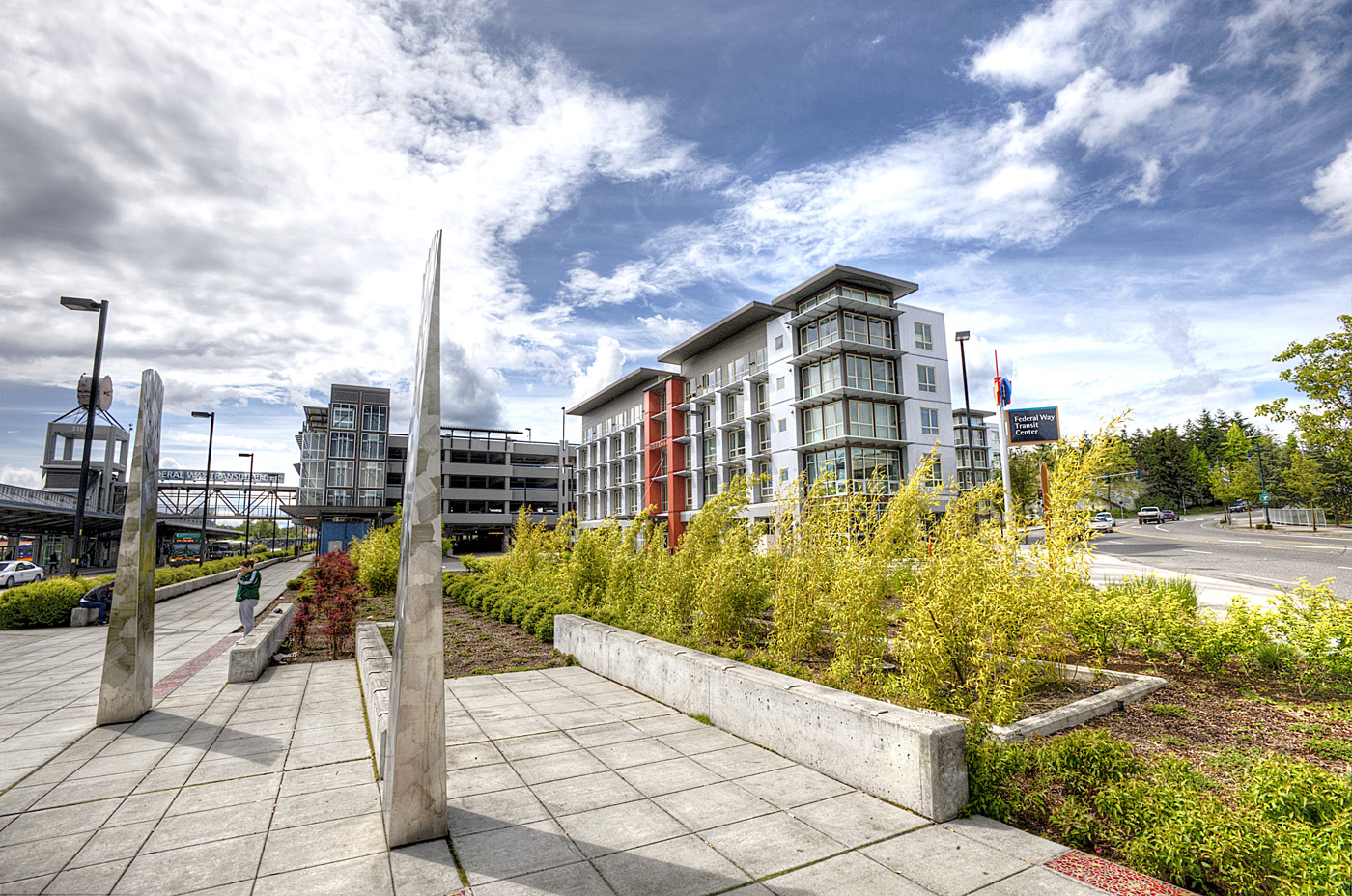
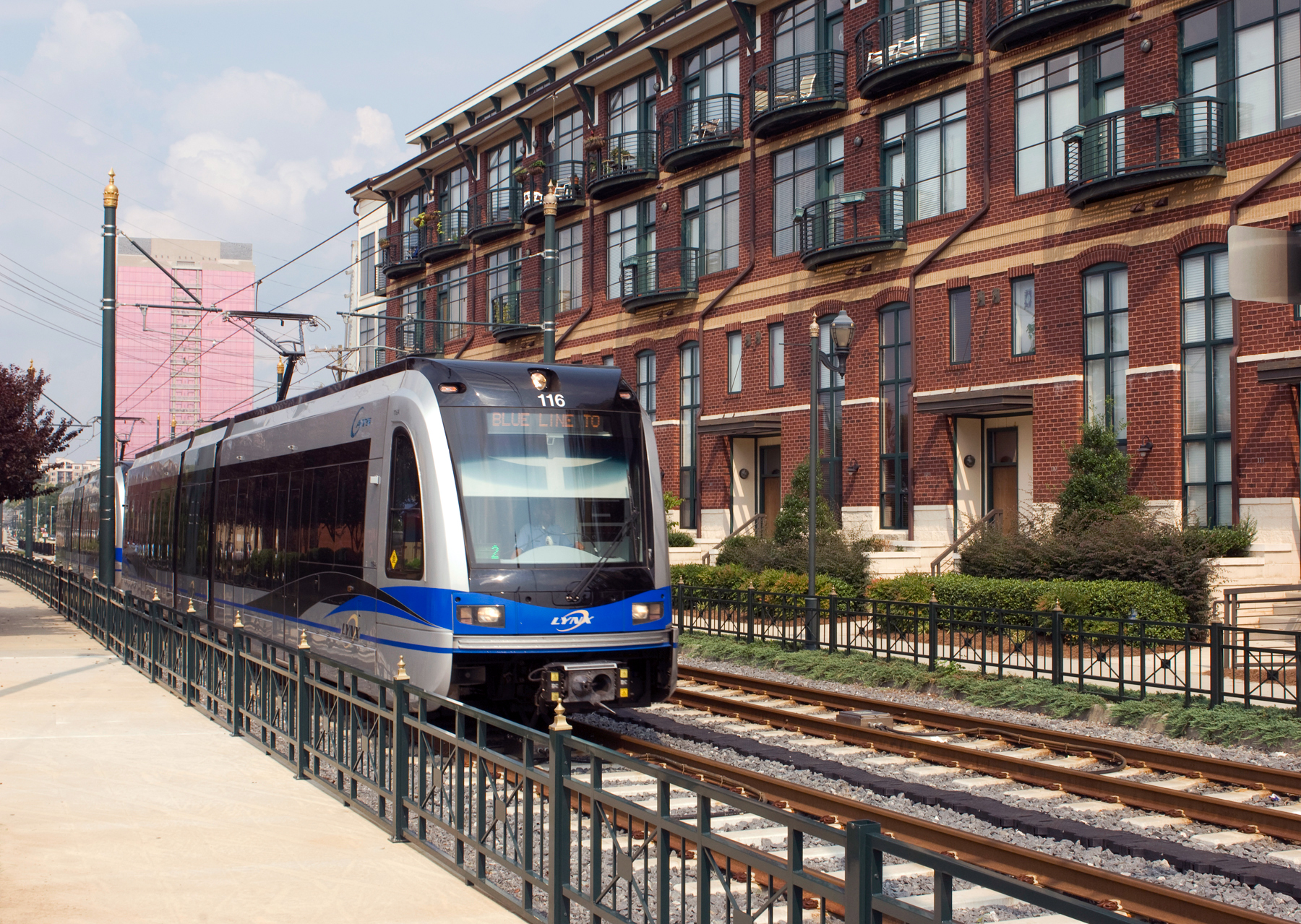
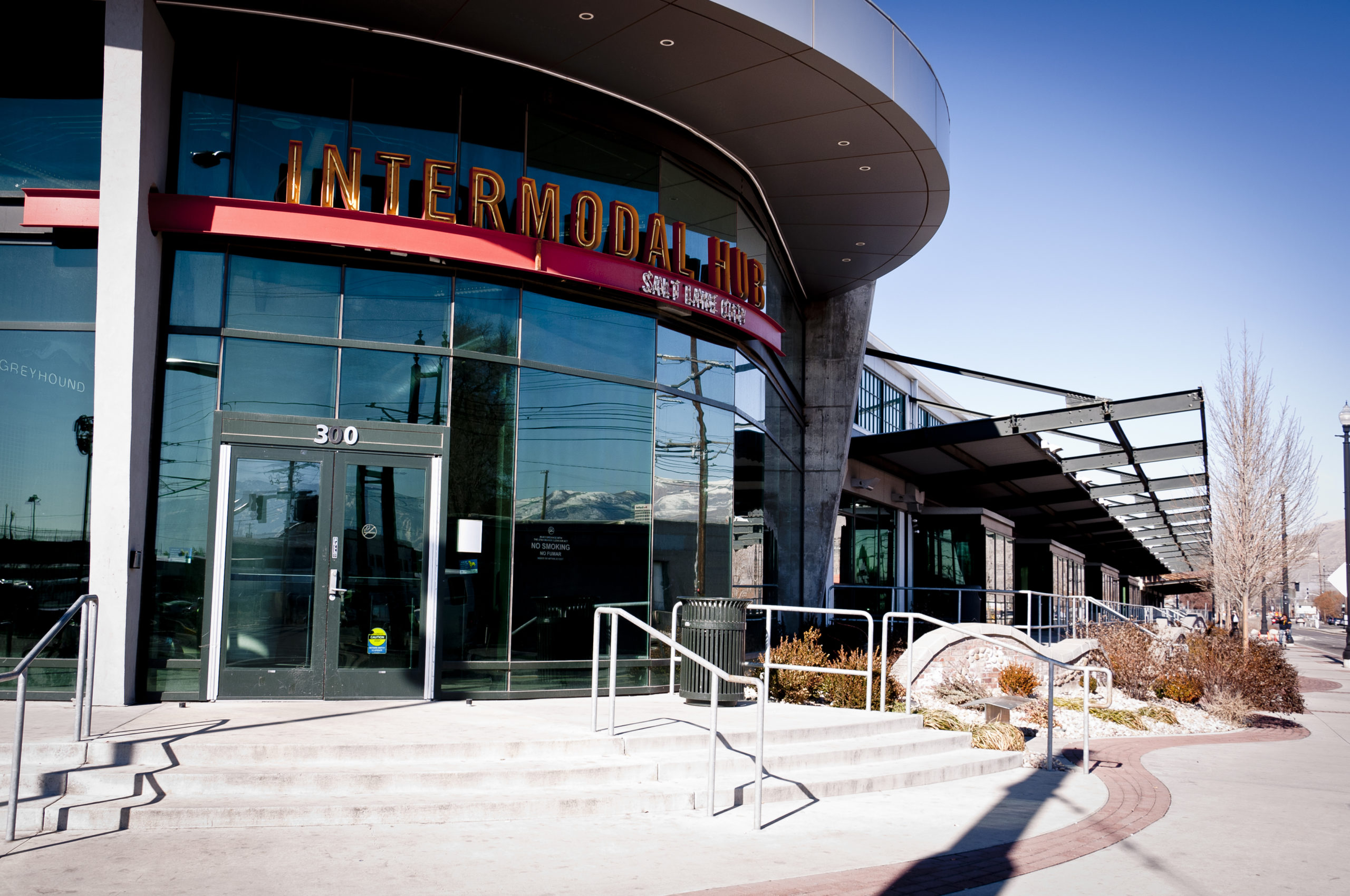
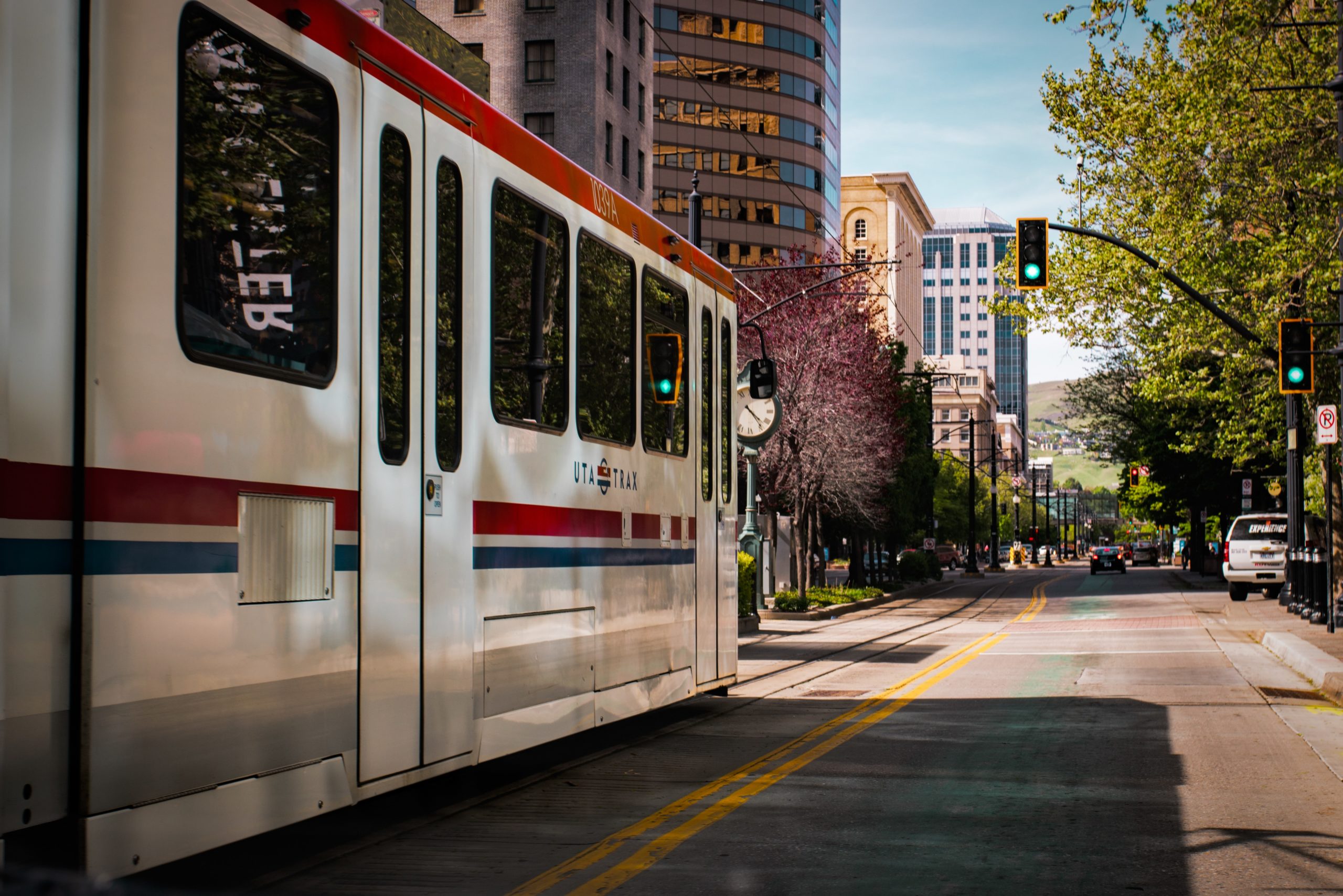
High-capacity transit stops (served by rail or bus rapid transit) are the perfect anchor for a center. Encouraging transit oriented development (TOD) and zoning for walkable, mixed-use development can reduce the need for a personal vehicle and help us get the most out of our transit investments.
Provide end of trip facilities for bicyclists and pedestrians near work, schools, and other amenities. Things like bike lockers, showers, and changing rooms can make the transition to work or other activities much easier.
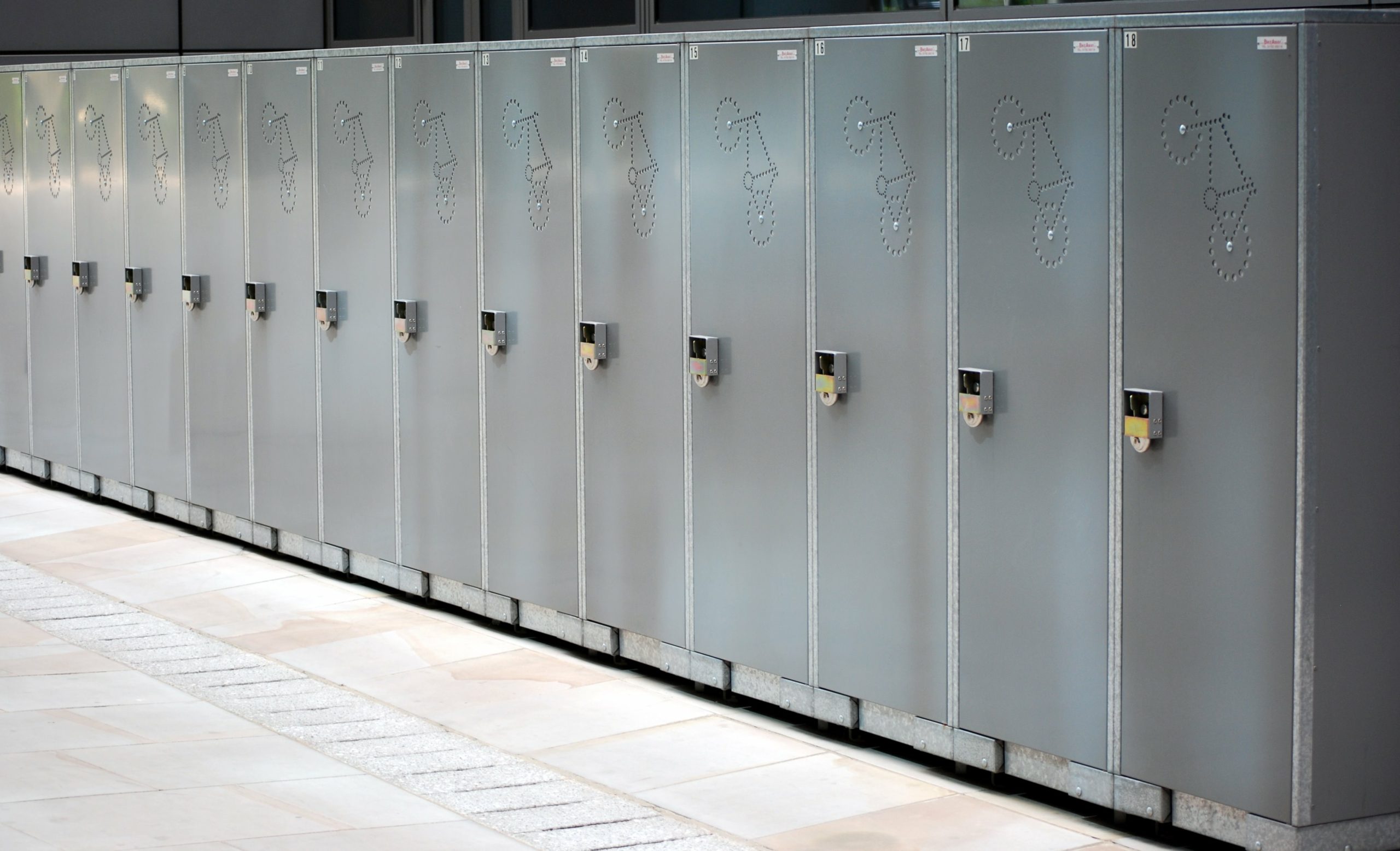
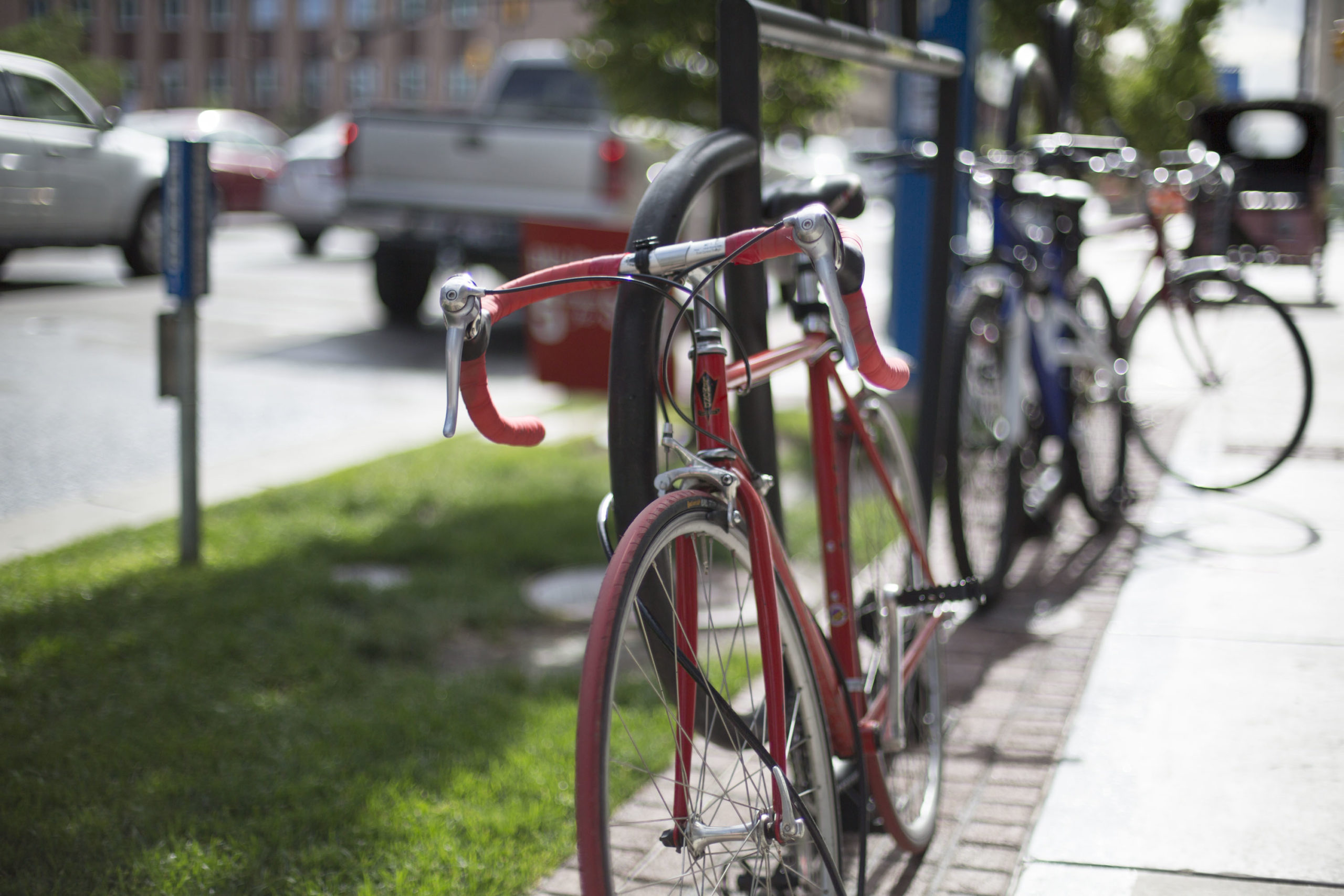


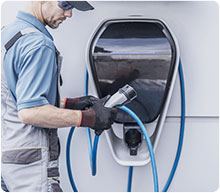
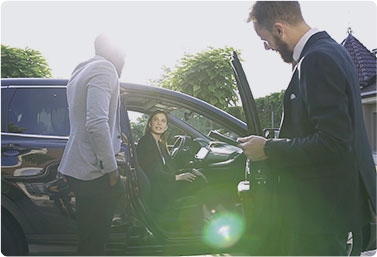
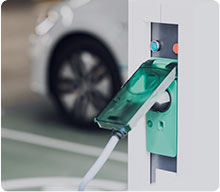
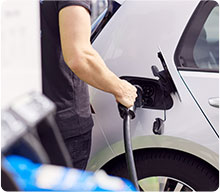
Improve local and statewide networks of charging stations and alternative fuel stations (CNG, EG, etc.). Access to charging stations can be a deciding factor for people considering an electric car.
Active Transportation Plans, also known as Bicycle & Pedestrian Master Plans, are guiding documents adopted by local governments. They lay the foundation for what types of walking and bicycle infrastructure will be built and where it will be built.
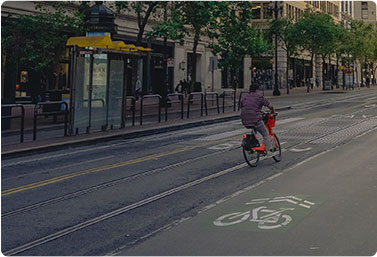

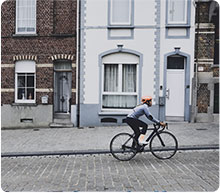
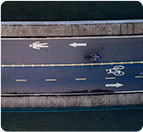
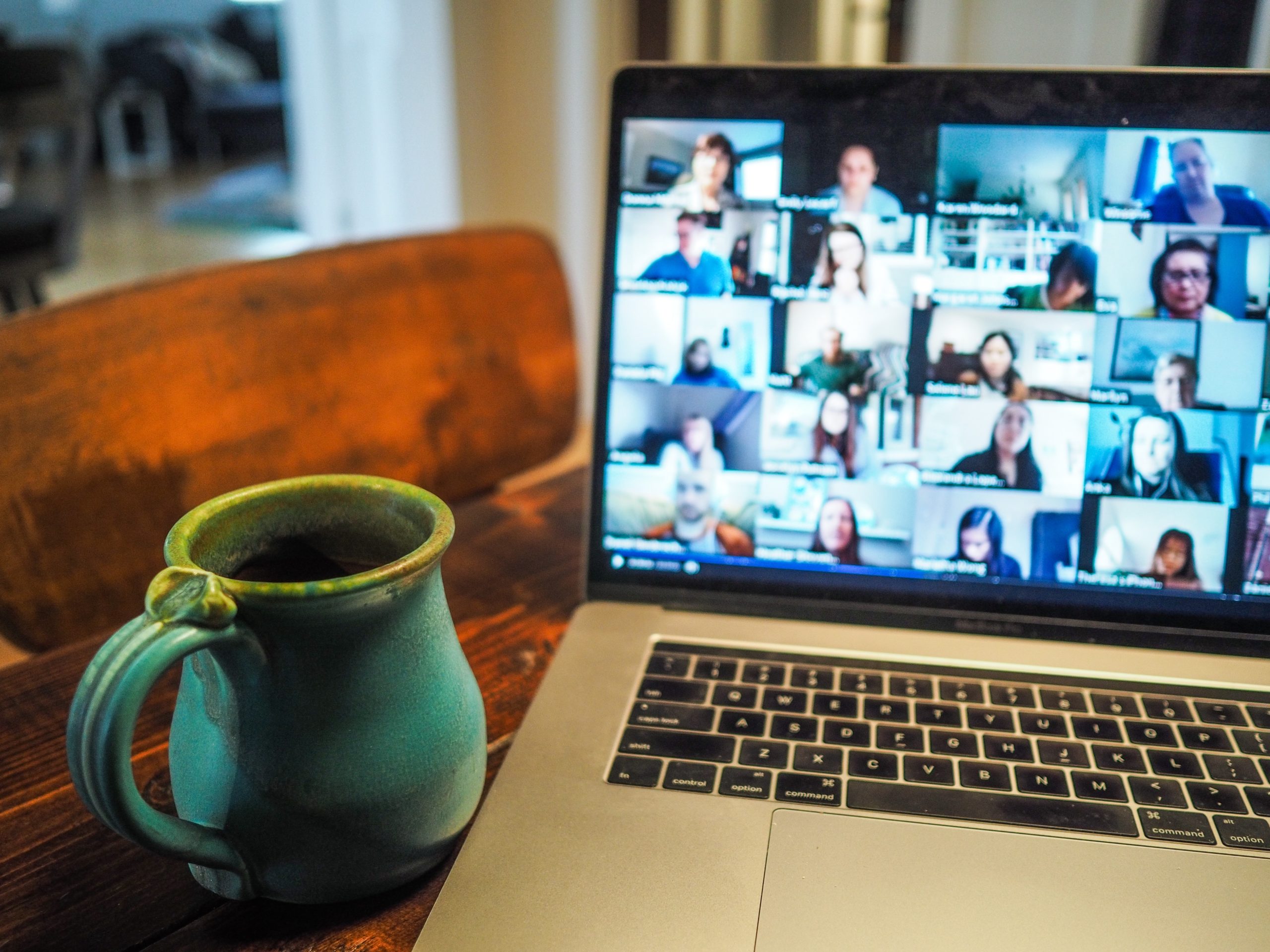
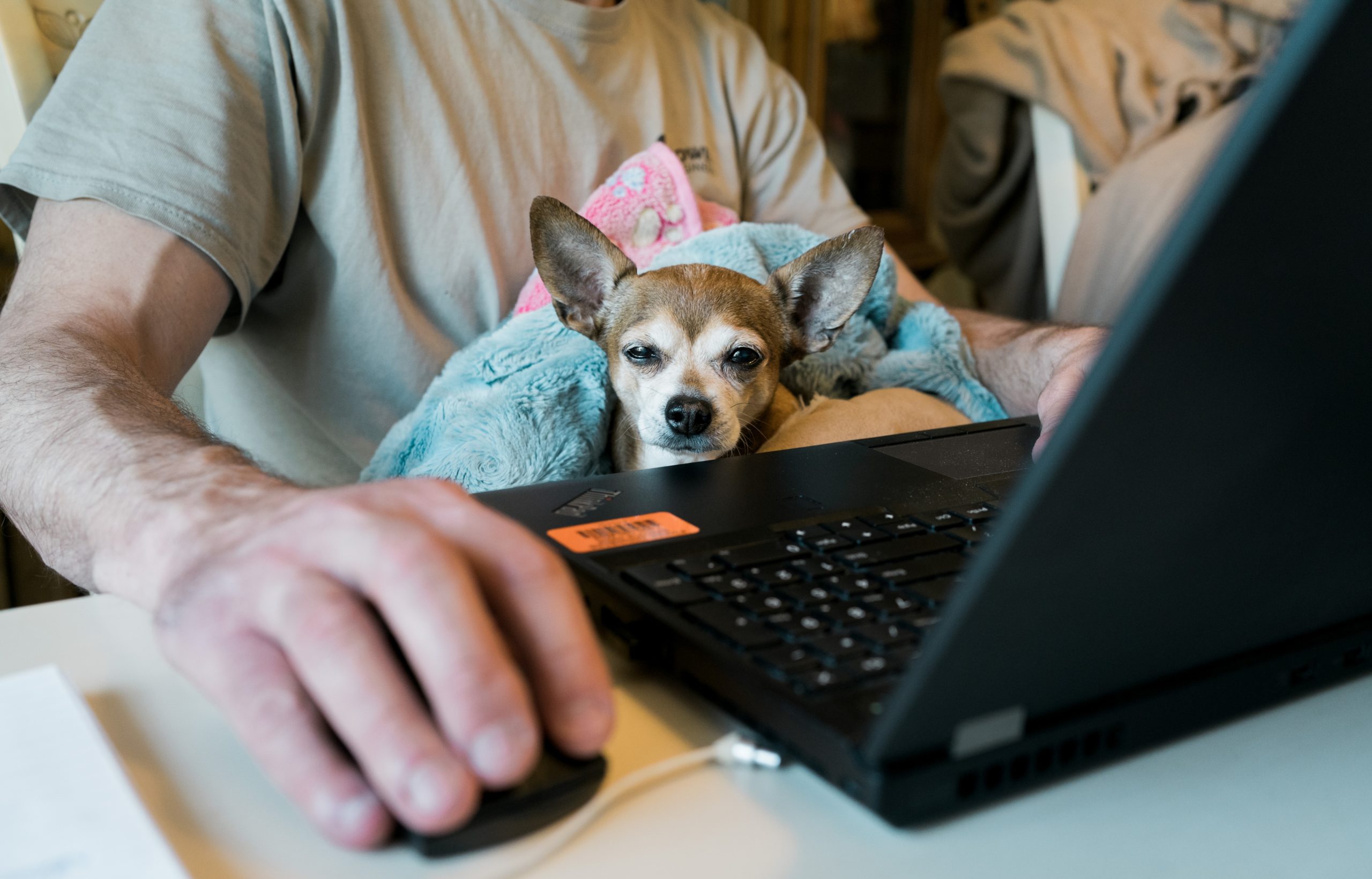
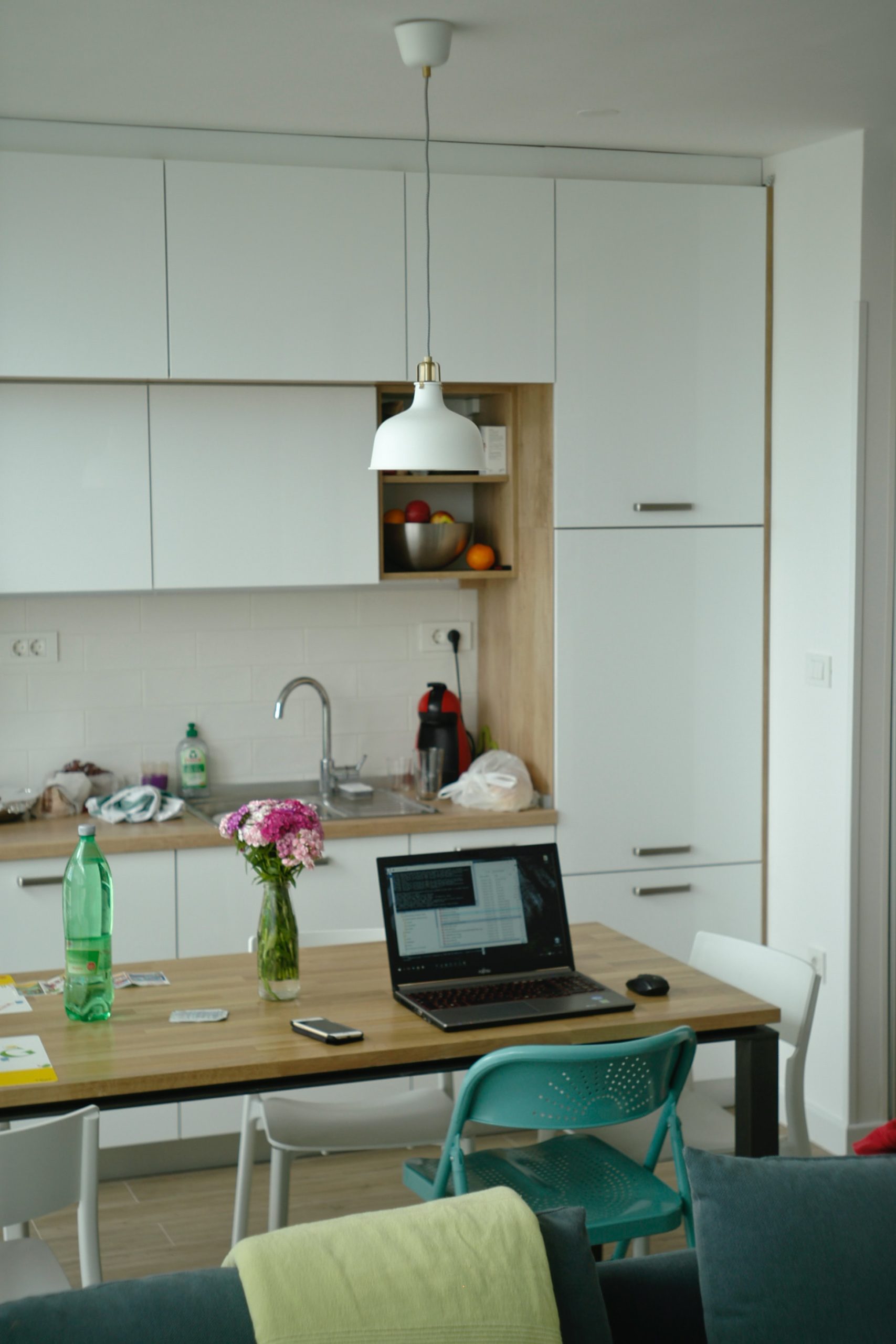
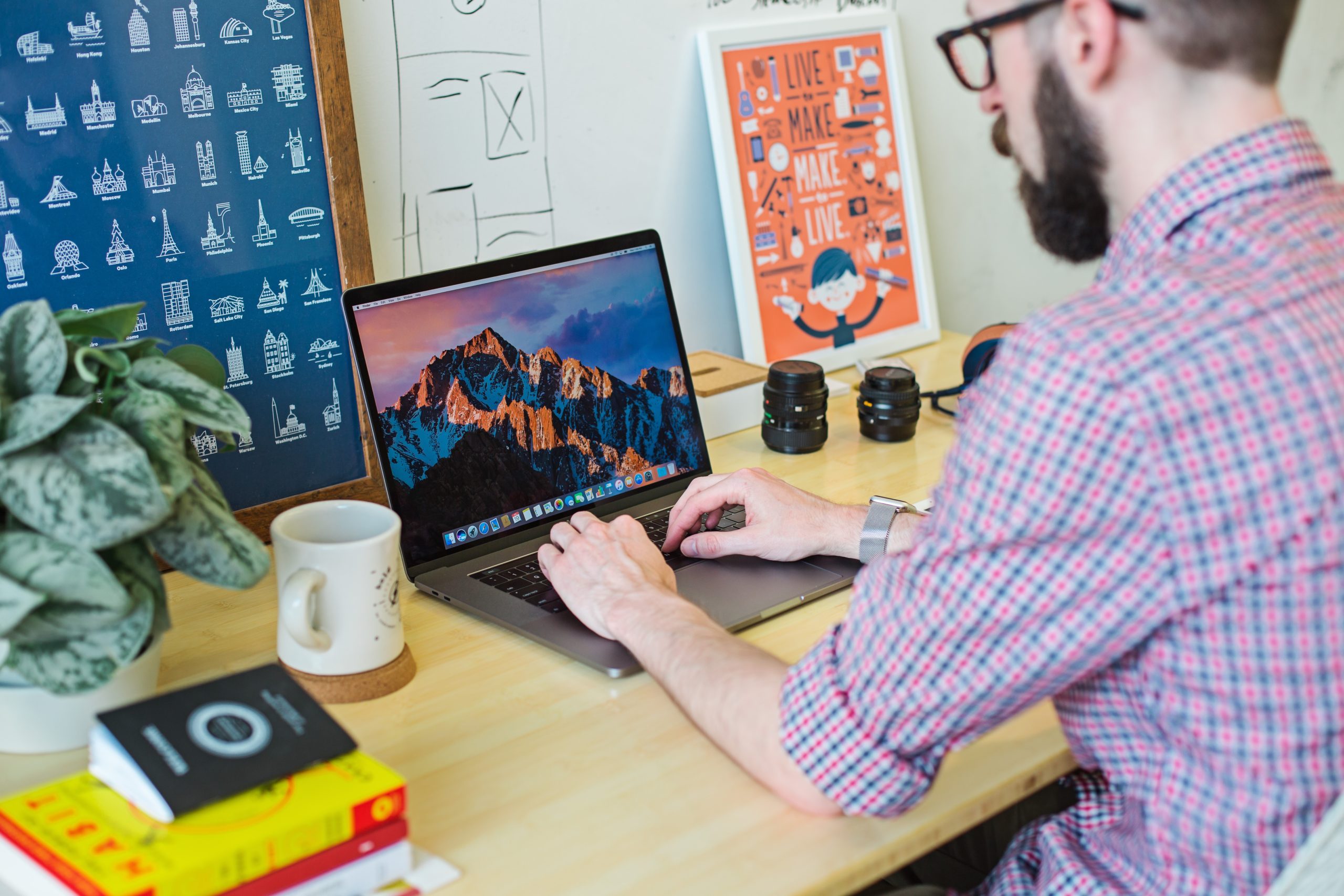
Create more flexible options for teleworking, compressed work week, and flex hours, particularly on poor air quality days. This will not only reduce emissions, but can boost productivity and health. Consider targeting the Utah Division of Air Quality's "mandatory action days" for responsive teleworking or allowing for expanded seasonal teleworking during summer ozone (July-August) and winter PM (January-Febuary) annual peaks to maximize your impact.
Updating vehicle fleets to vehicles with high smog ratings, or that use clean fuels like CNG and electricity, can significantly reduce an organization's emissions, fuel use, and maybe expenses!
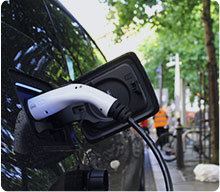
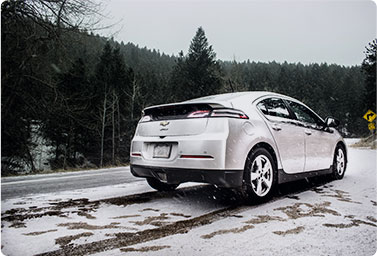
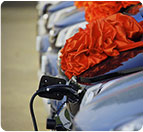
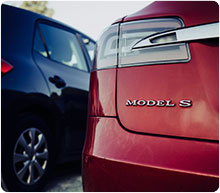
How to help
CLEAN BUILDINGs
Reducing building energy consumption and choosing low-emission systems will improve air quality. Local governments can set up regulations and incentives for cleaner buildings and make sure their own buildings are low-emission.
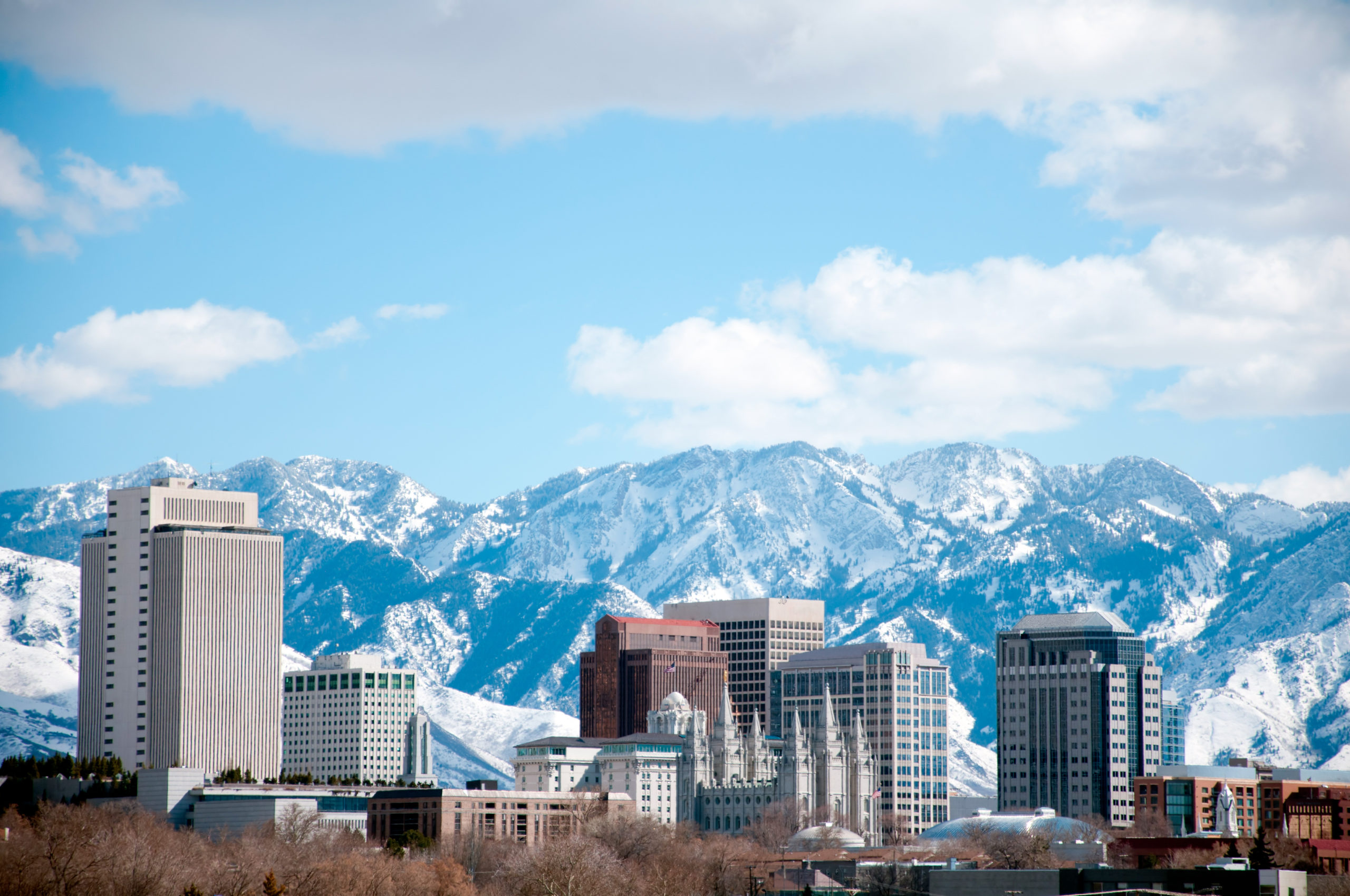
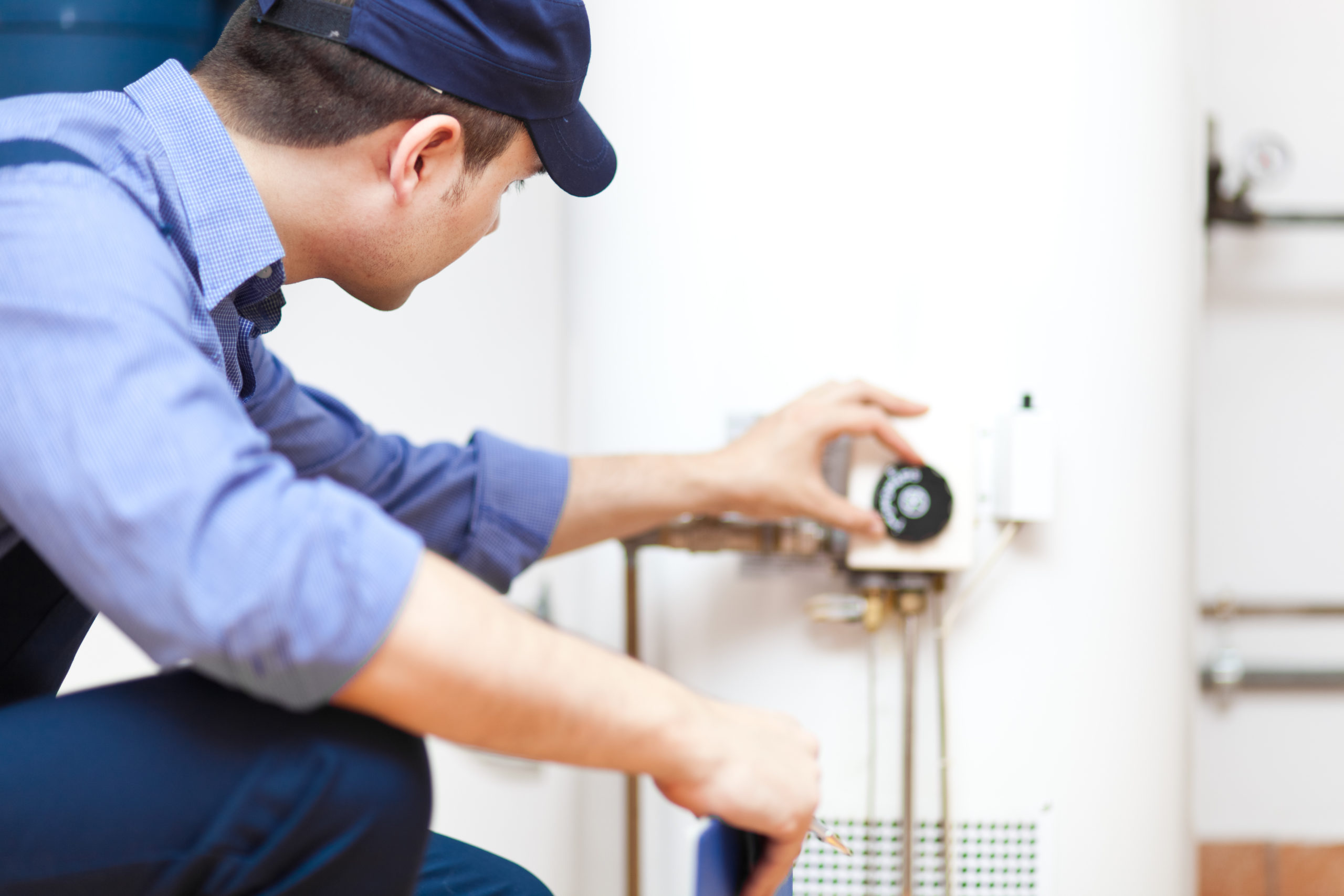
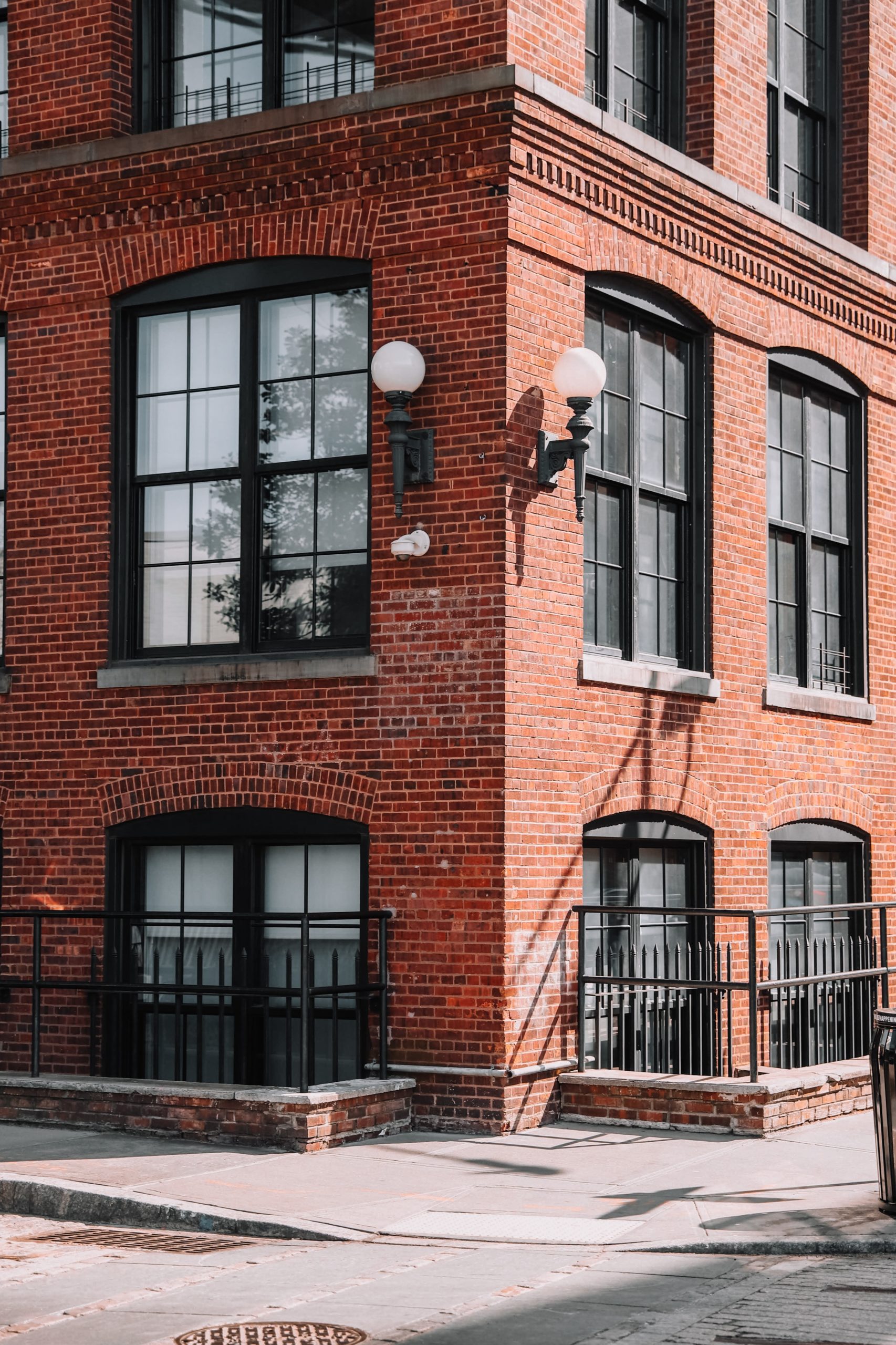

Local governments can enforce building codes and provide a variety of incentives and education to reduce emissions and improve energy efficiency.
Install the best available technology in government buildings to attain the highest efficiency standards and set a positive example during remodeling or new construction. A remodel is the perfect opportunity for some energy efficiency upgrades!
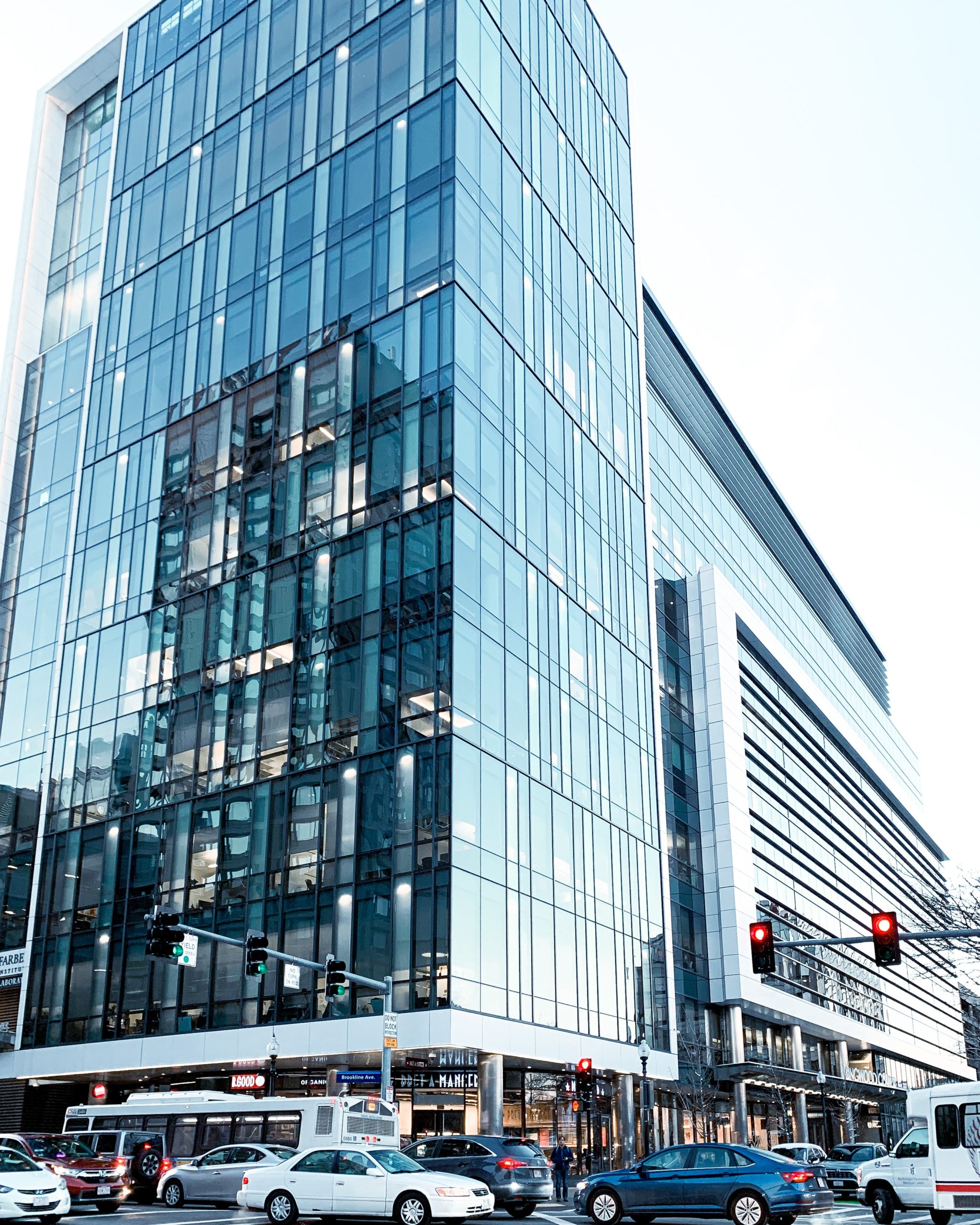
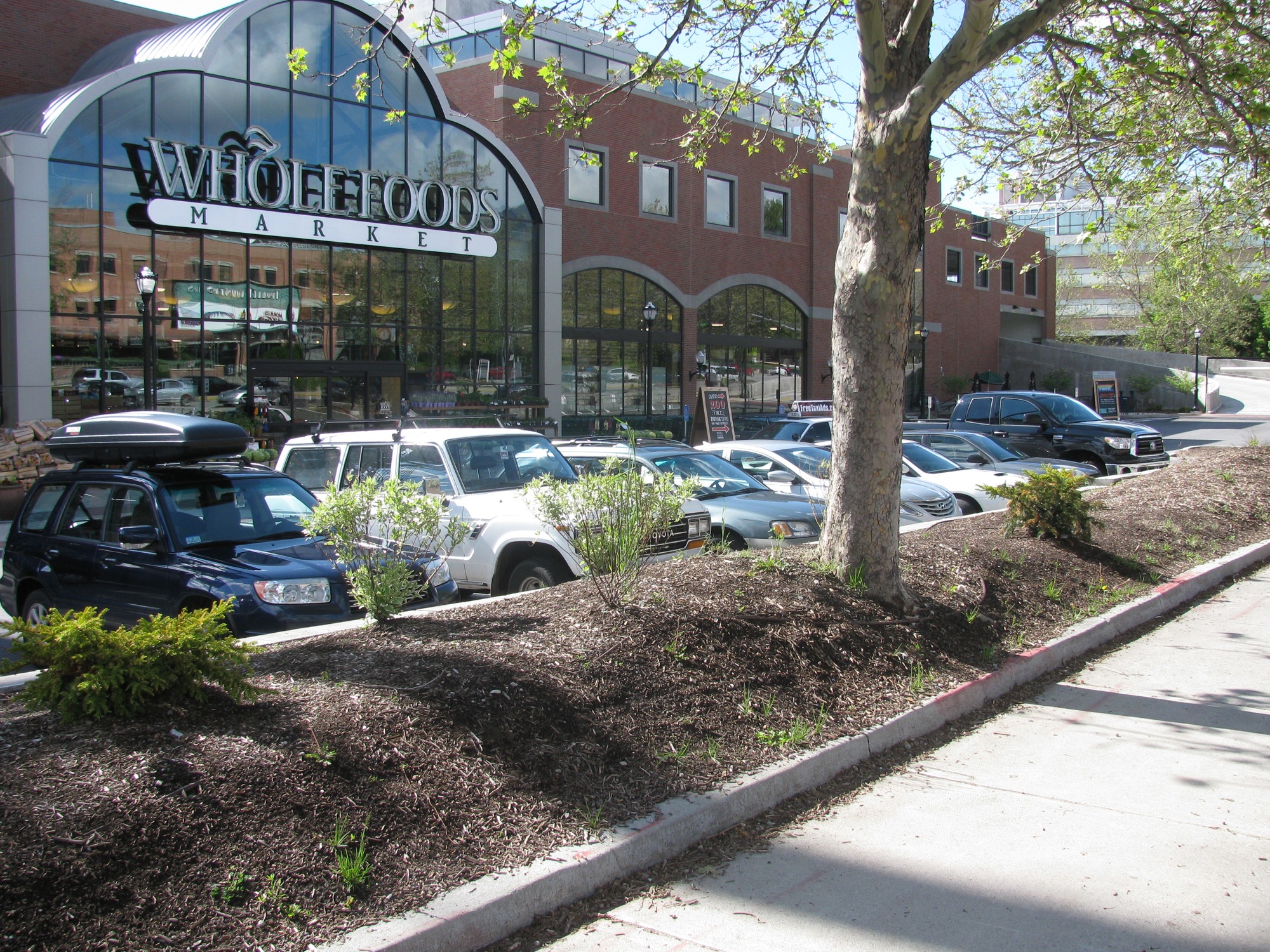
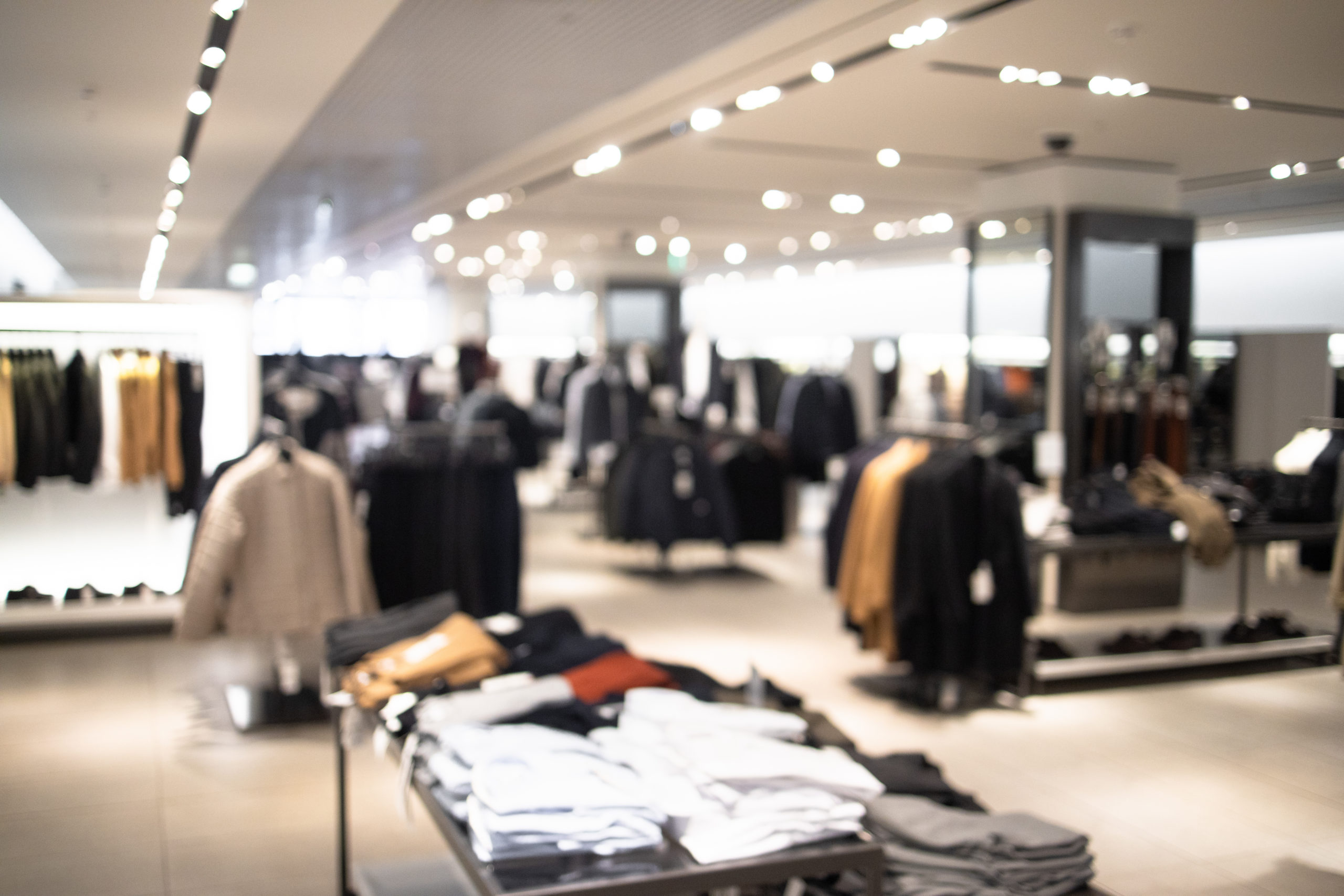
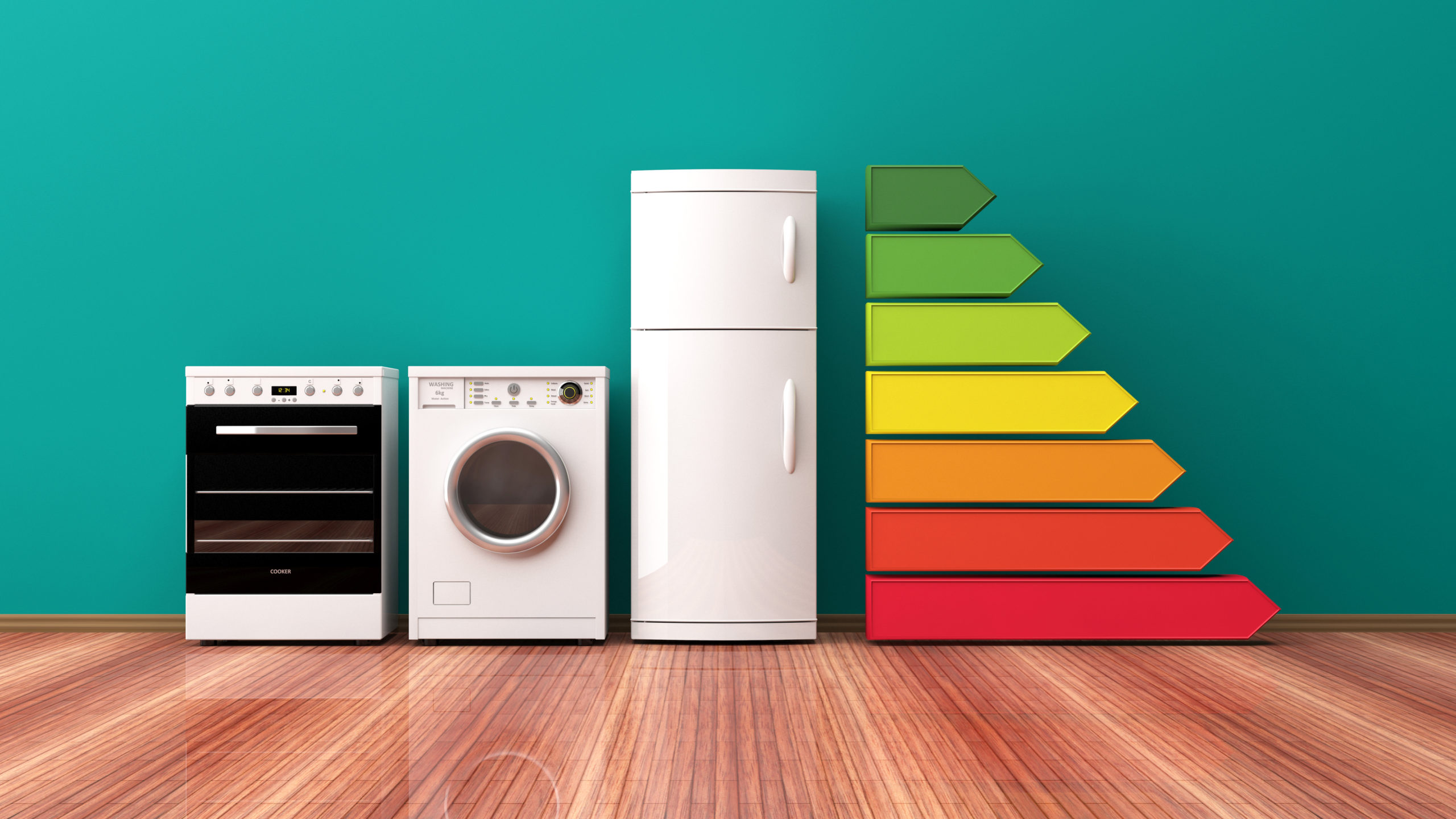
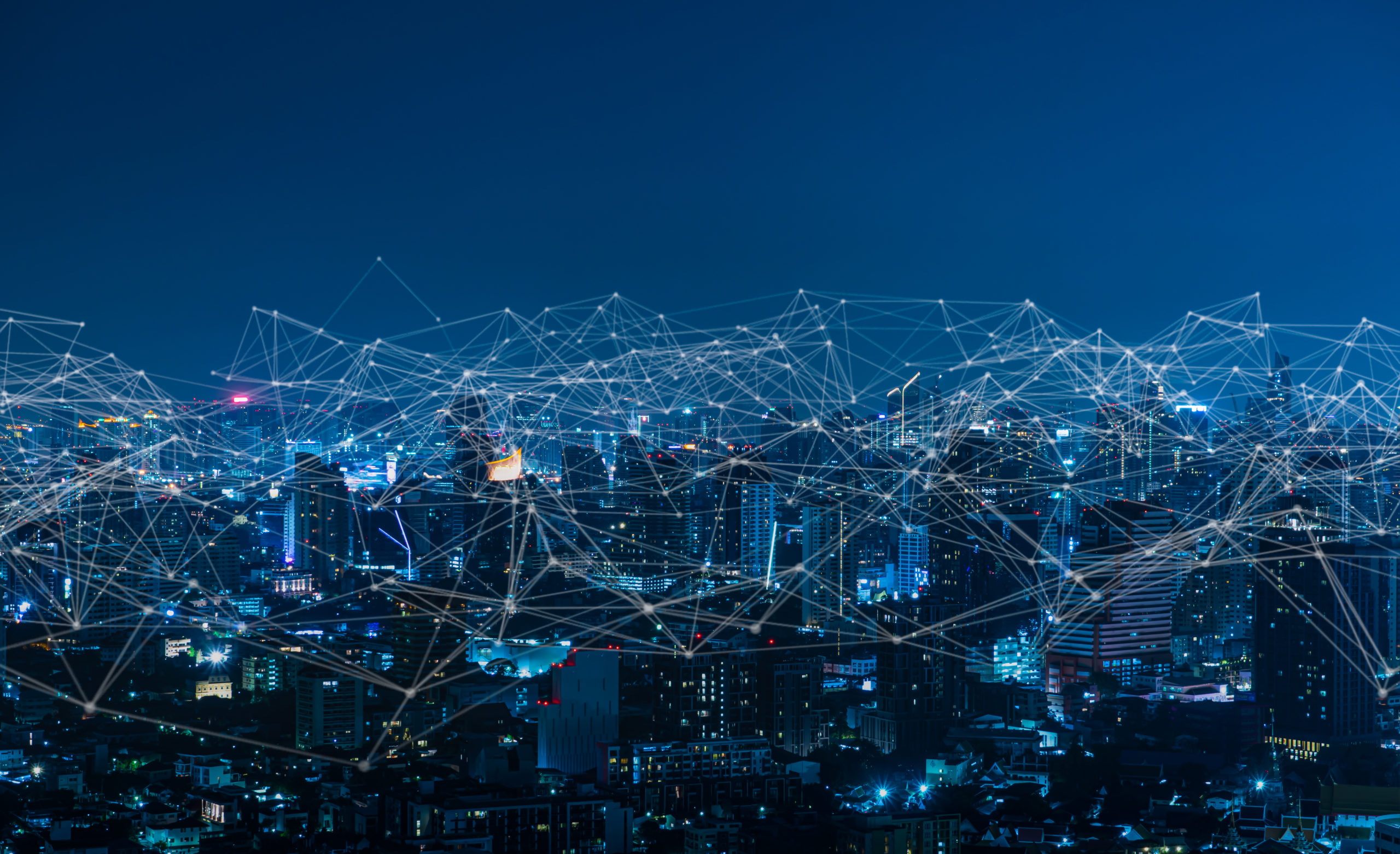
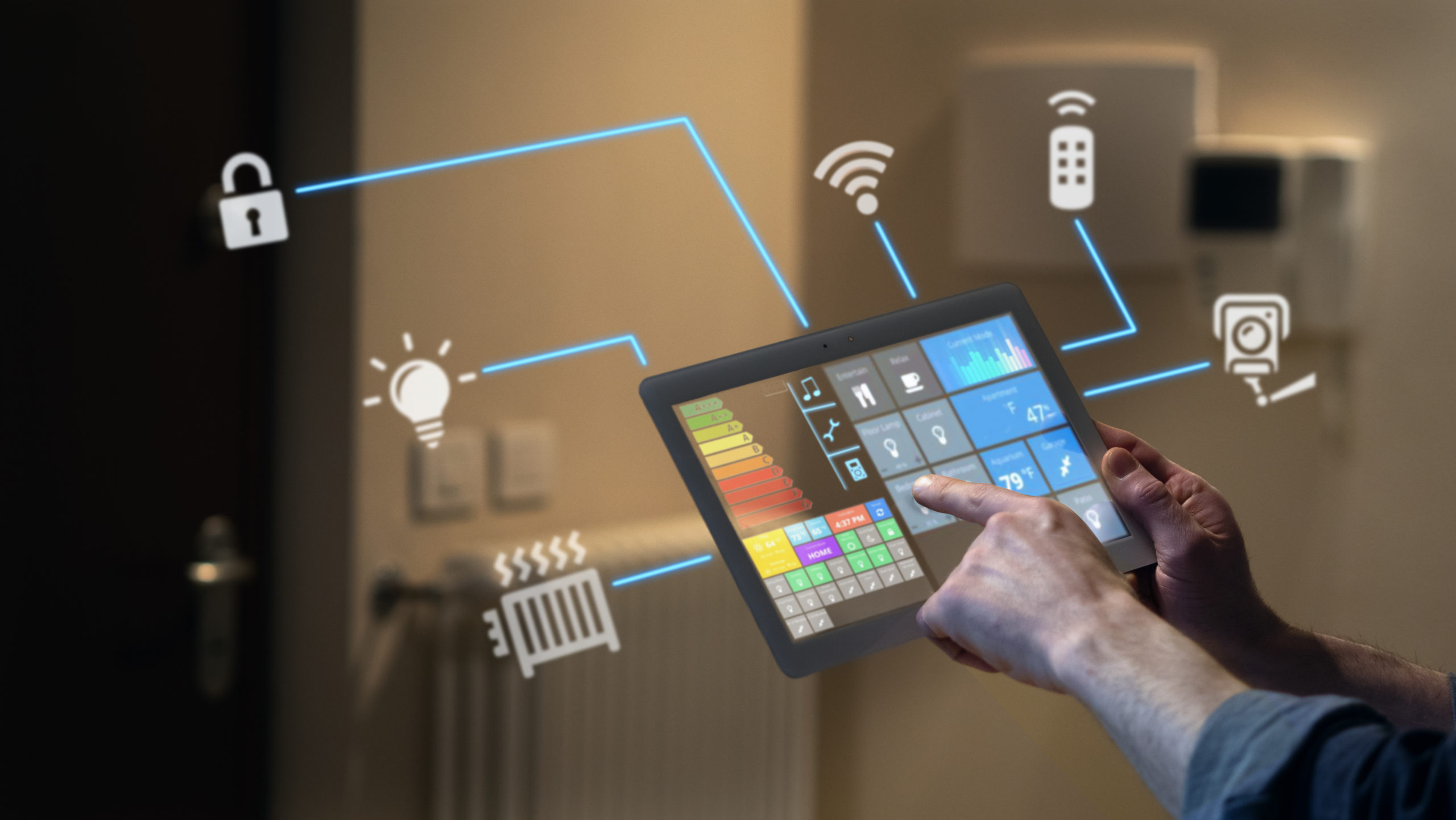
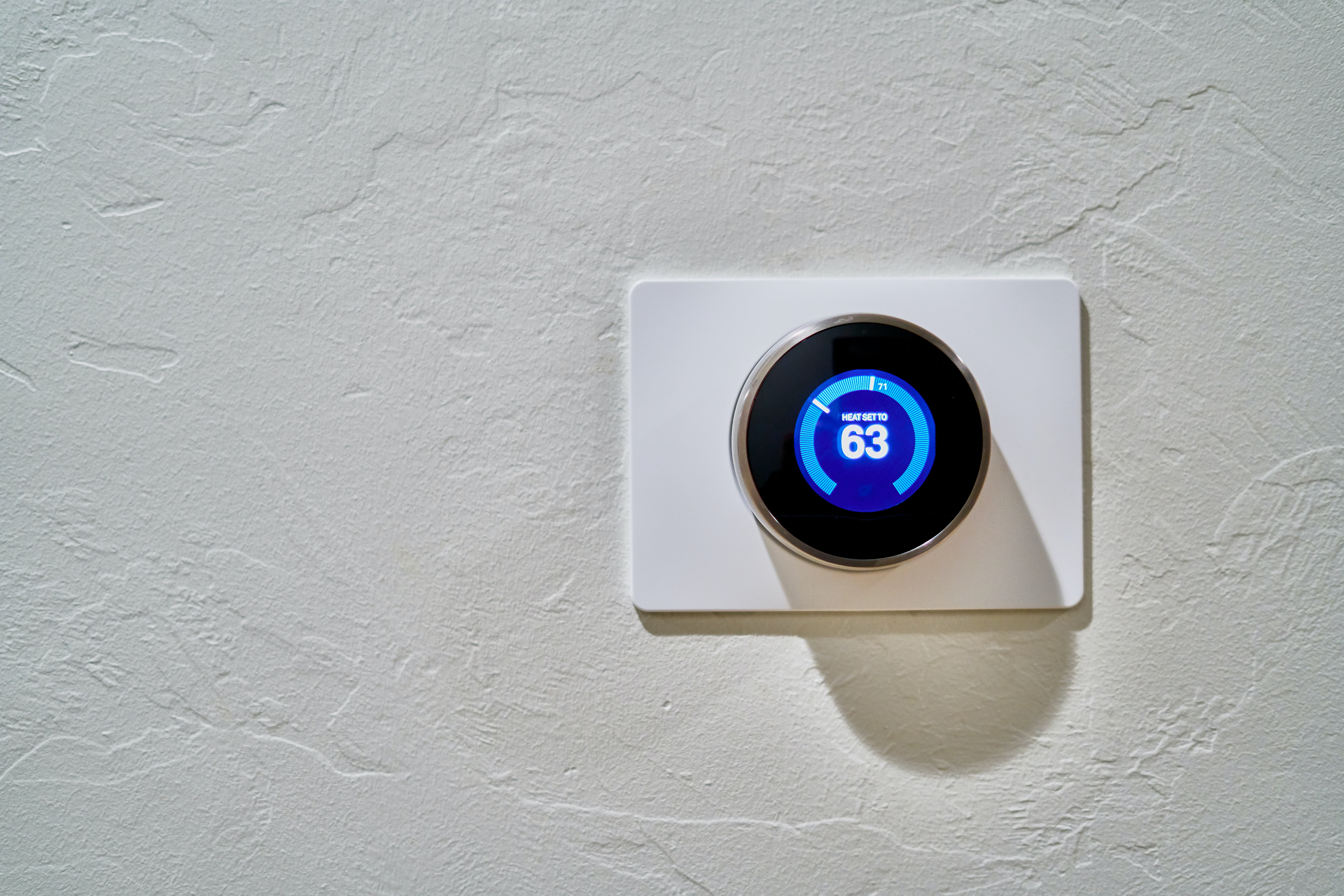
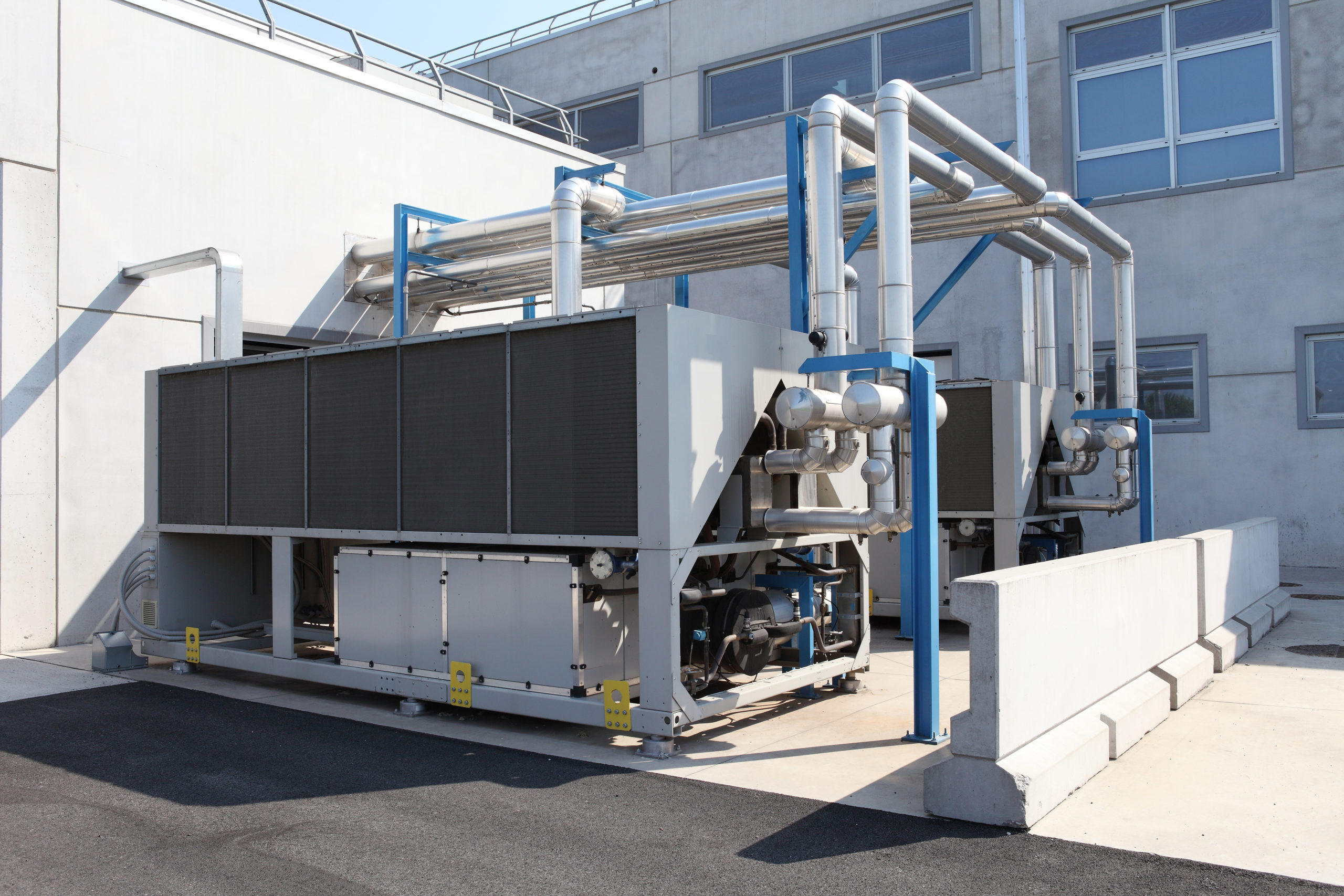
Outfit buildings with control systems that integrate, automate, and optimize a building's multiple systems in order to reduce overall energy consumption.
The gold standard in clean buildings are Zero Net Energy (ZNE) homes. ZNE homes incorporate weatherization, upgraded heating systems, renewable energy, and more to minimize emissions. Click the infographic to explore the energy saving potential of each strategy. How can you promote ZNE homes in your community?


The gold standard in clean buildings are Zero Net Energy (ZNE) homes. ZNE homes incorporate weatherization, upgraded heating systems, renewable energy, and more to minimize emissions. Click the infographic to explore the energy saving potential of each strategy. How can you support ZNE multifamily homes in your community?
How to help
CLEAN tools
Here are a few more things local governments can do to help clean the air.
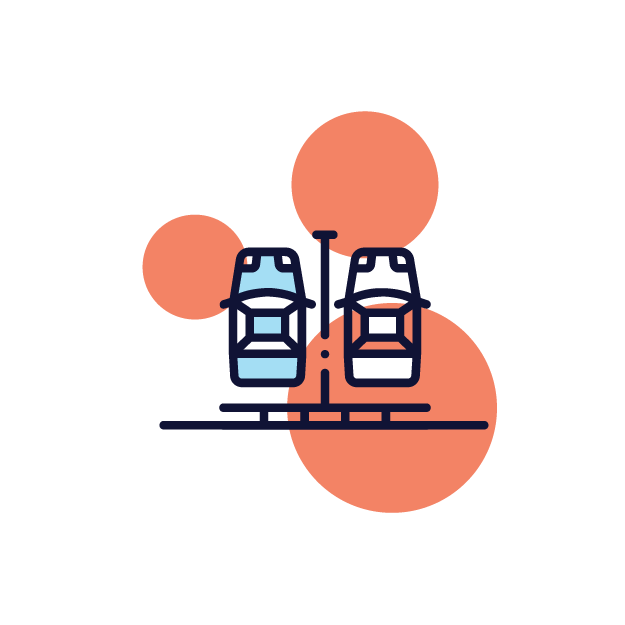
Minimize the amount of parking required by new development and ensure that parking pricing represents true costs. Parking is expensive and is often underutilized, and spaces can sometimes be eliminated without impacting access. This helps incentivize people to travel via other modes and keeps land available for more valuable uses.
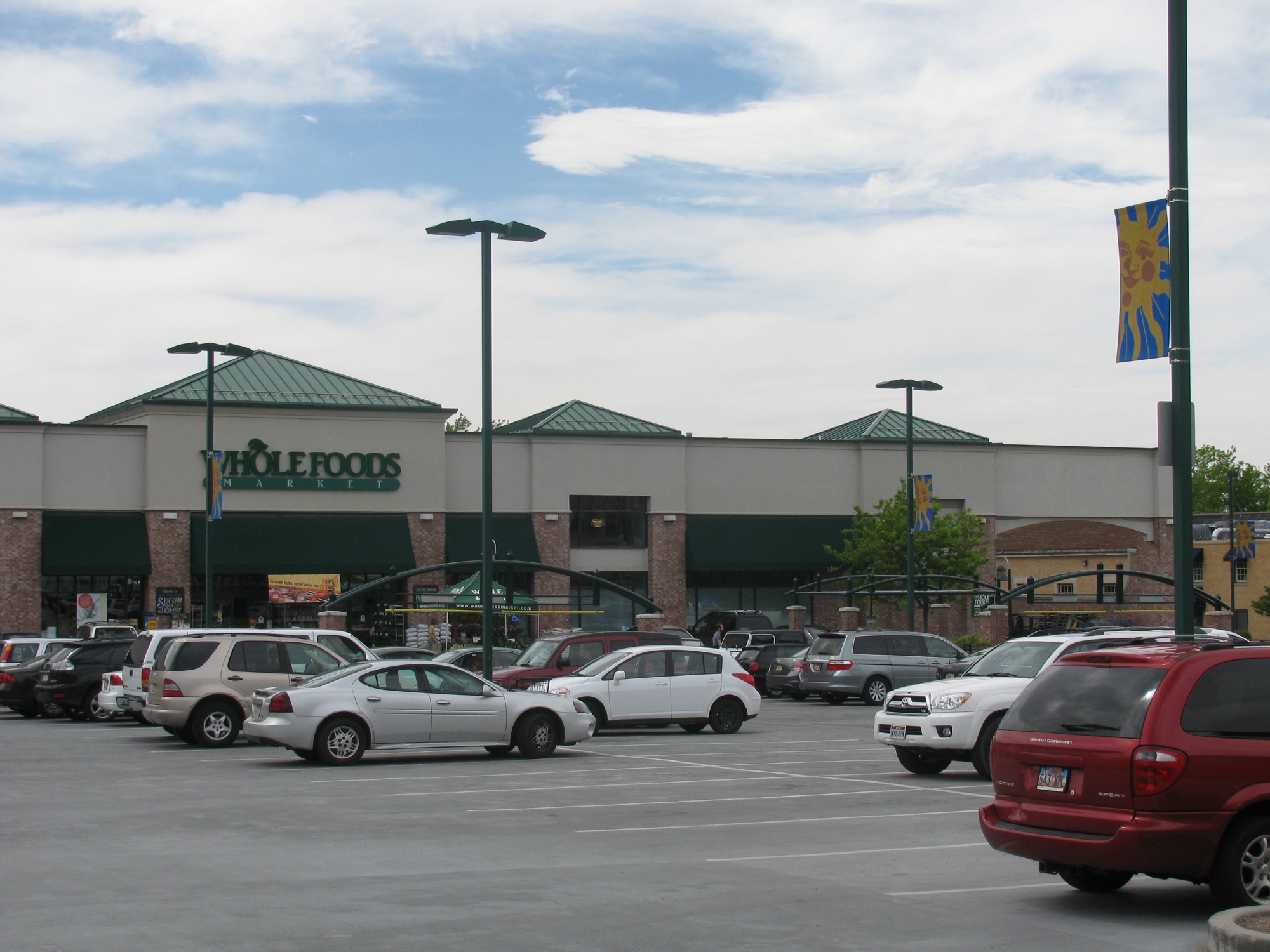

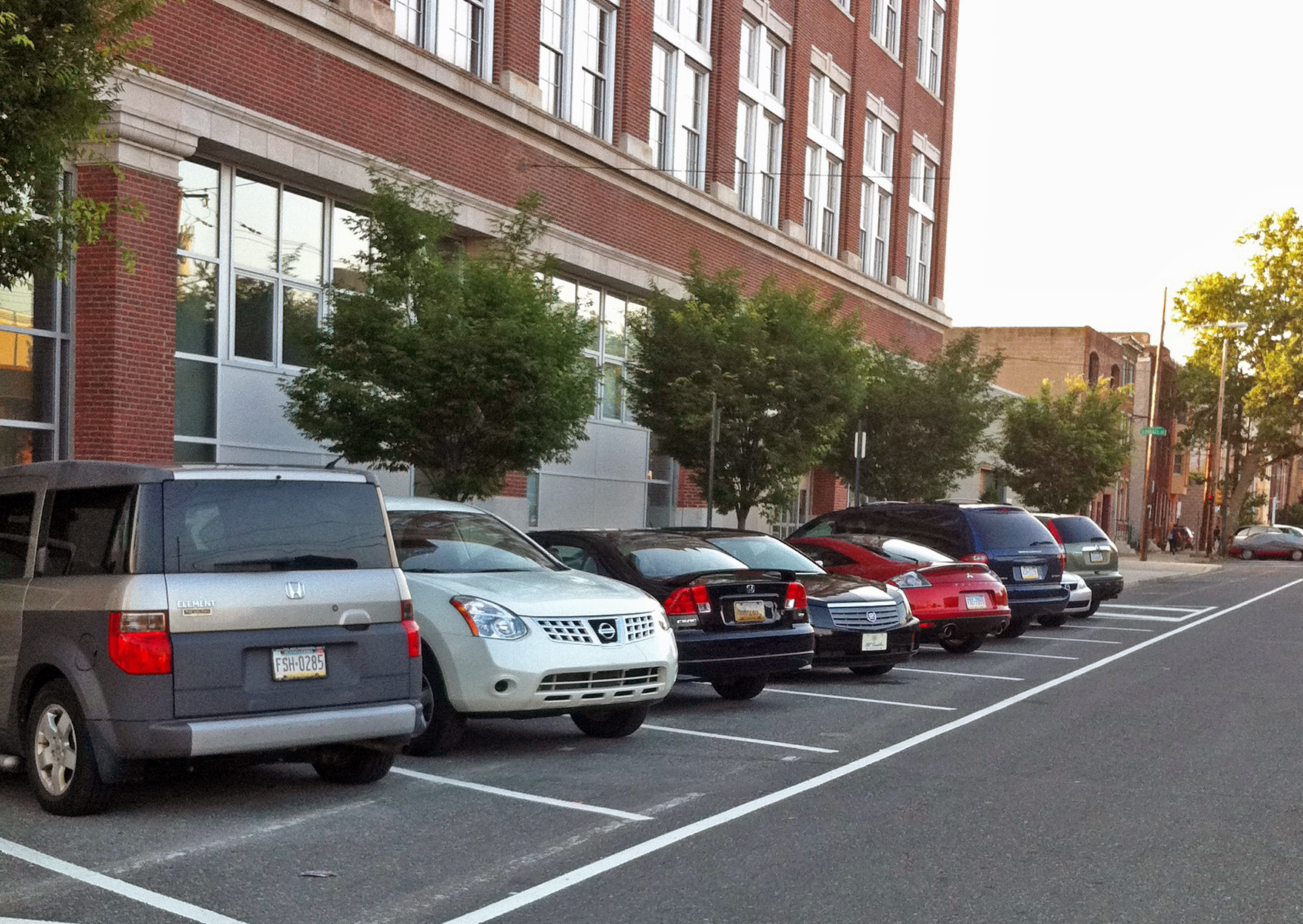
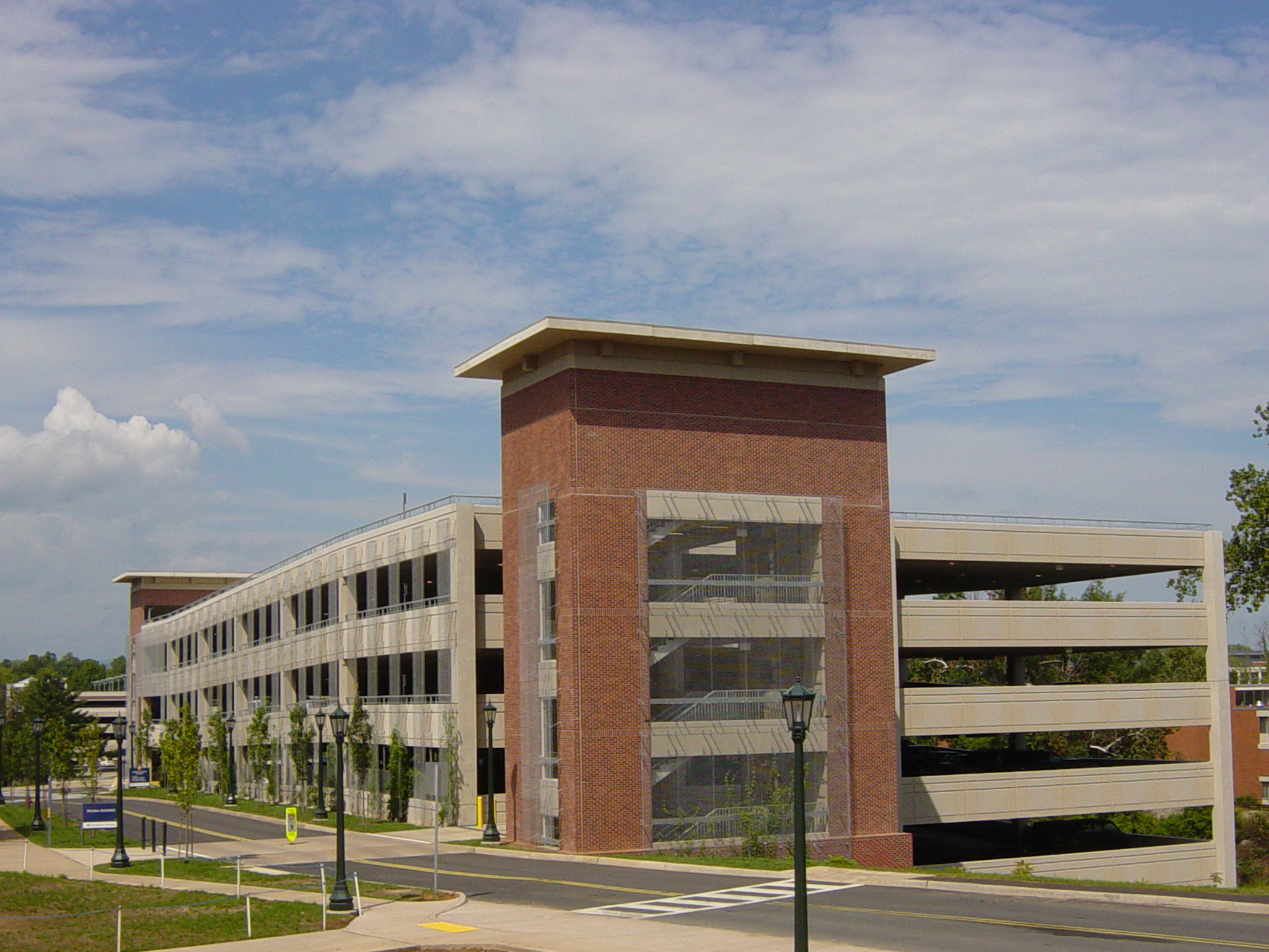
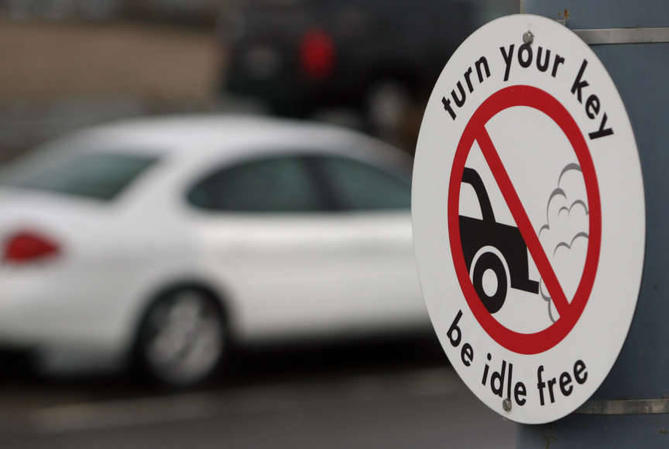
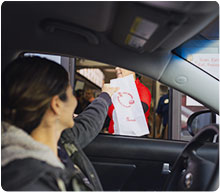

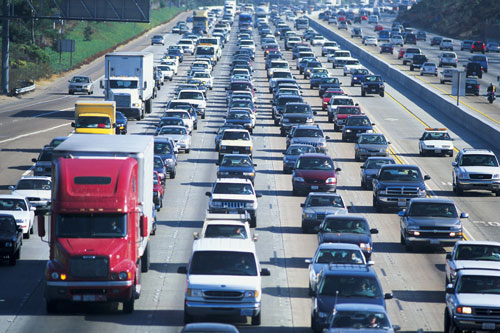
Create an idle-free ordinance prohibiting idling for more than two minutes on public streets or in private spaces that are open to the public (like parking lots).
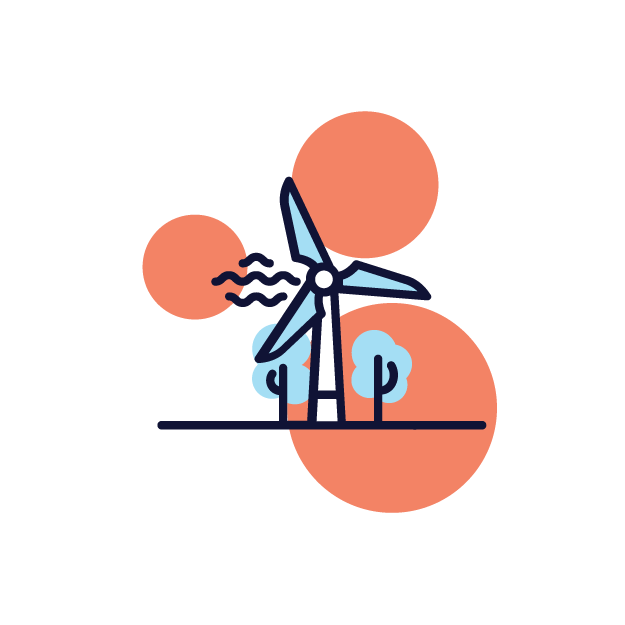
Using renewable energy sources may improve our local air quality and can significantly reduce overall greenhouse gas emissions.
